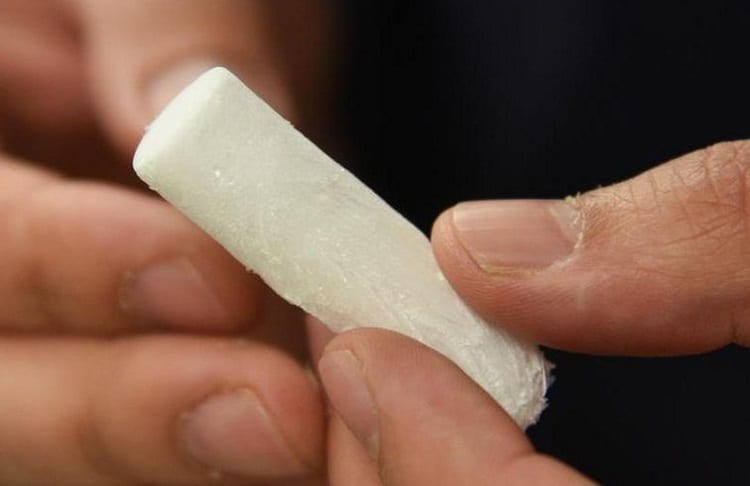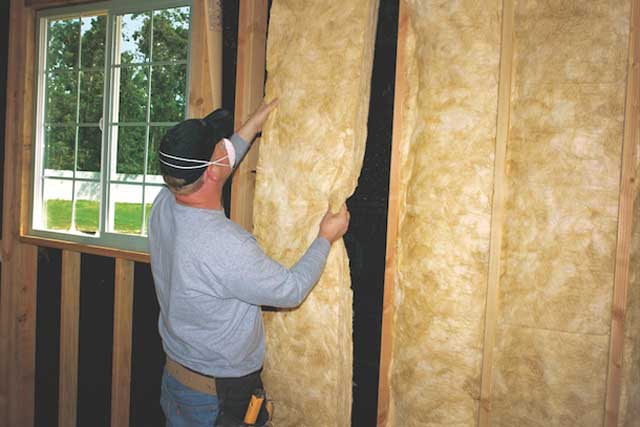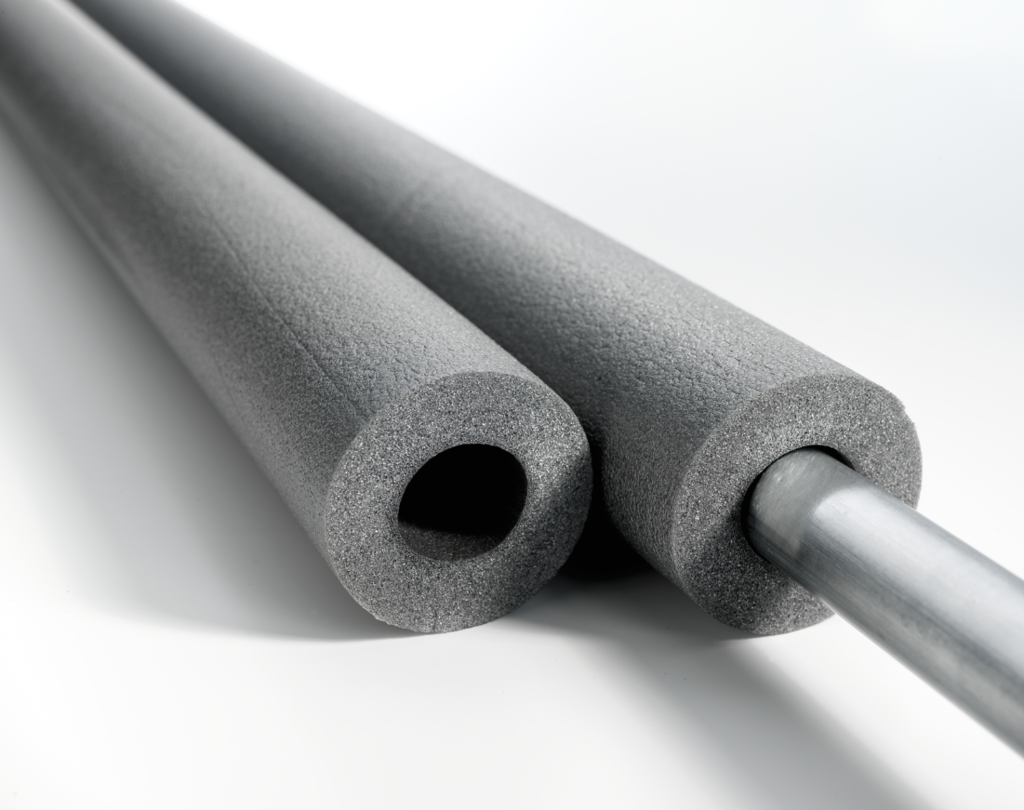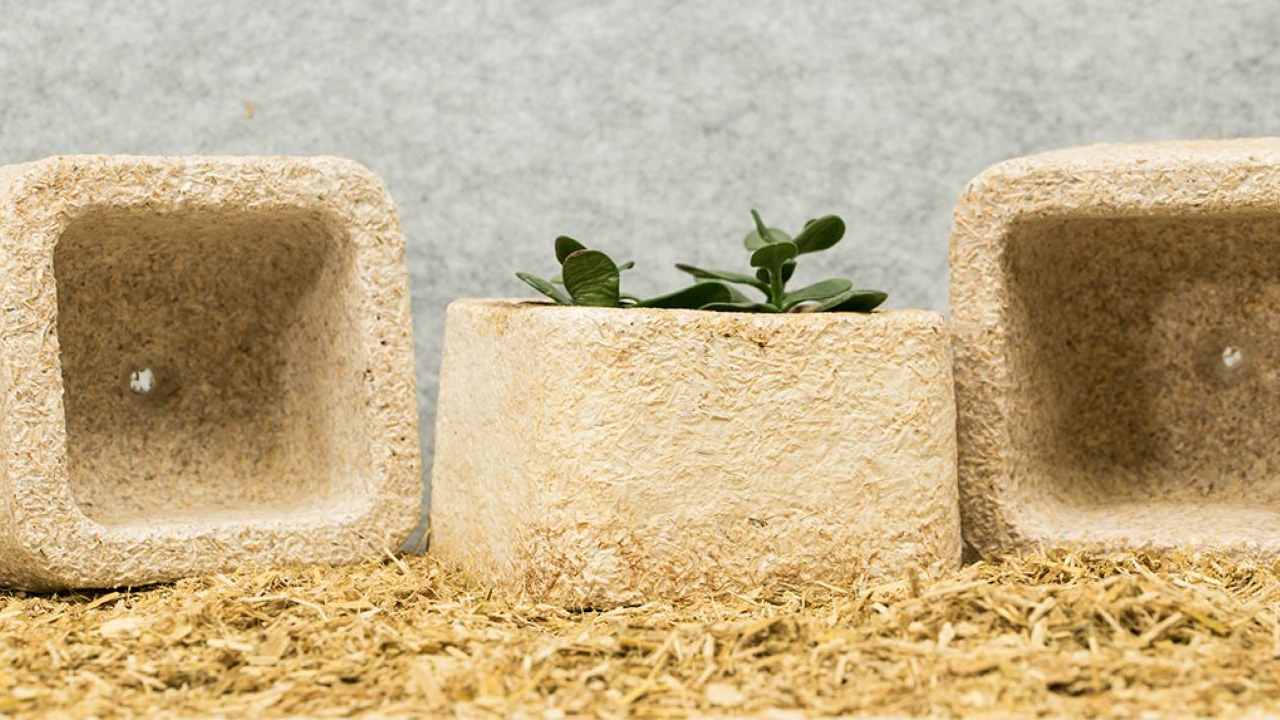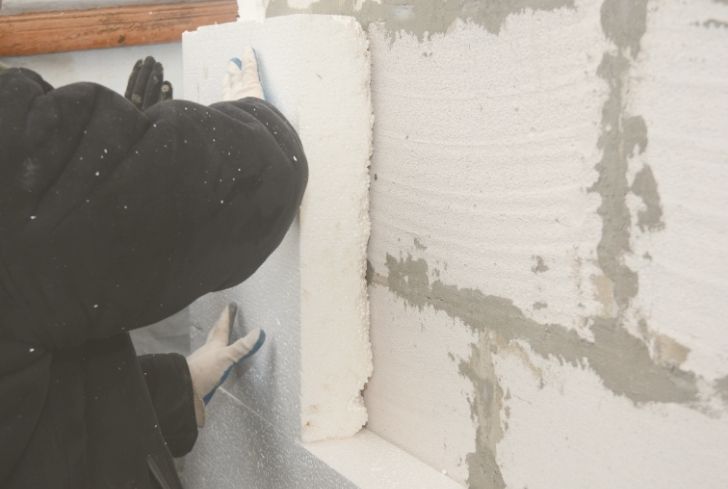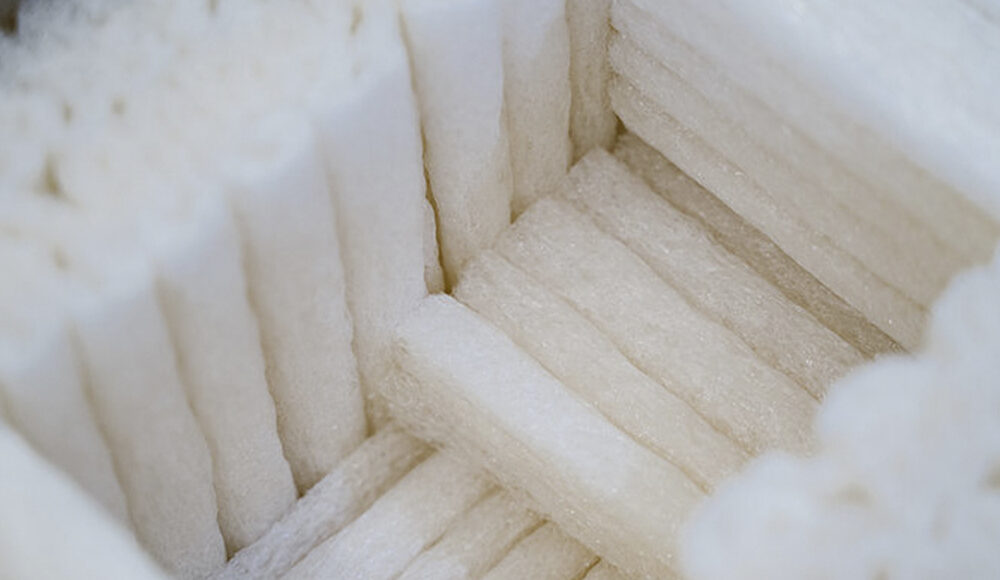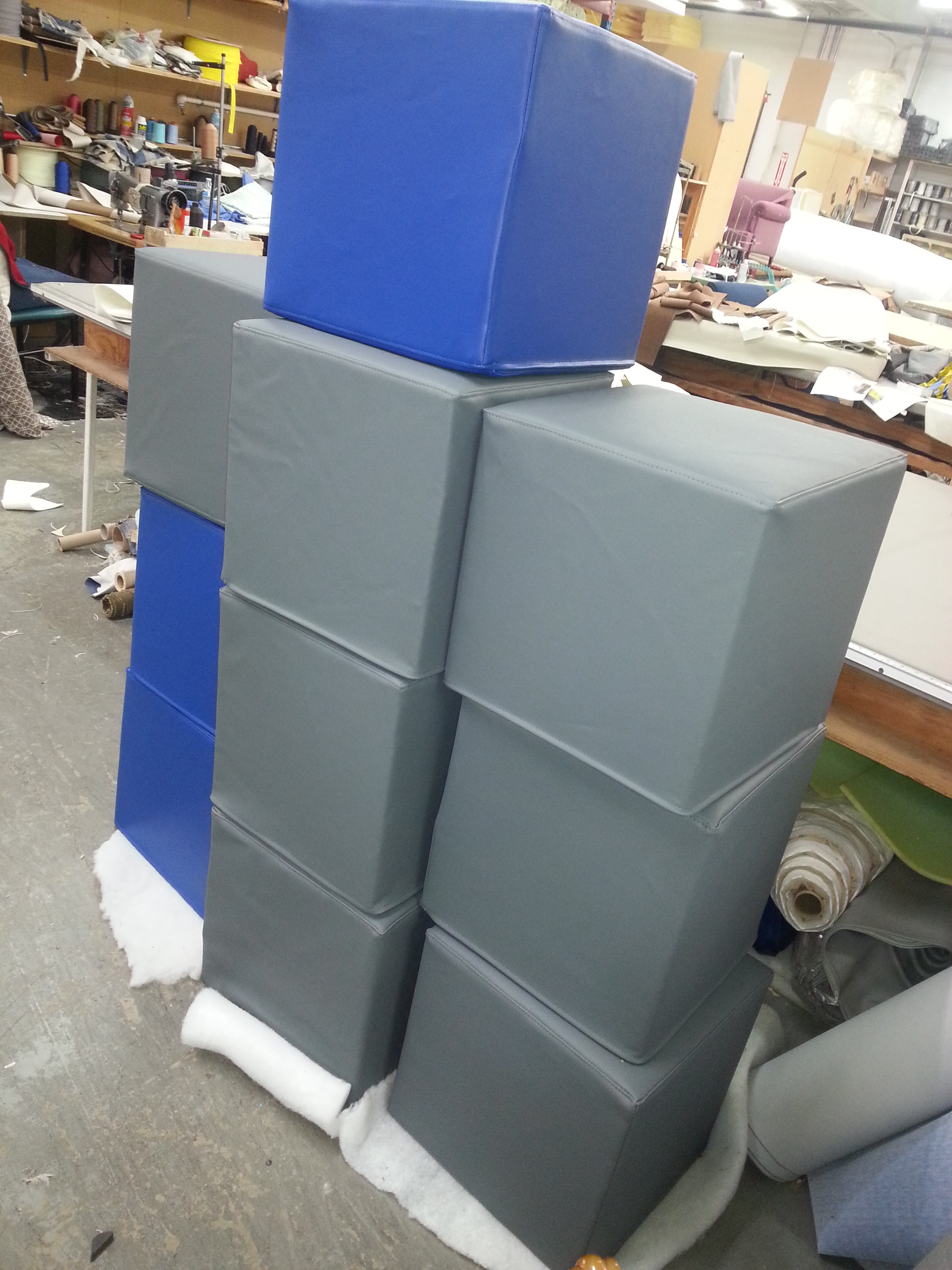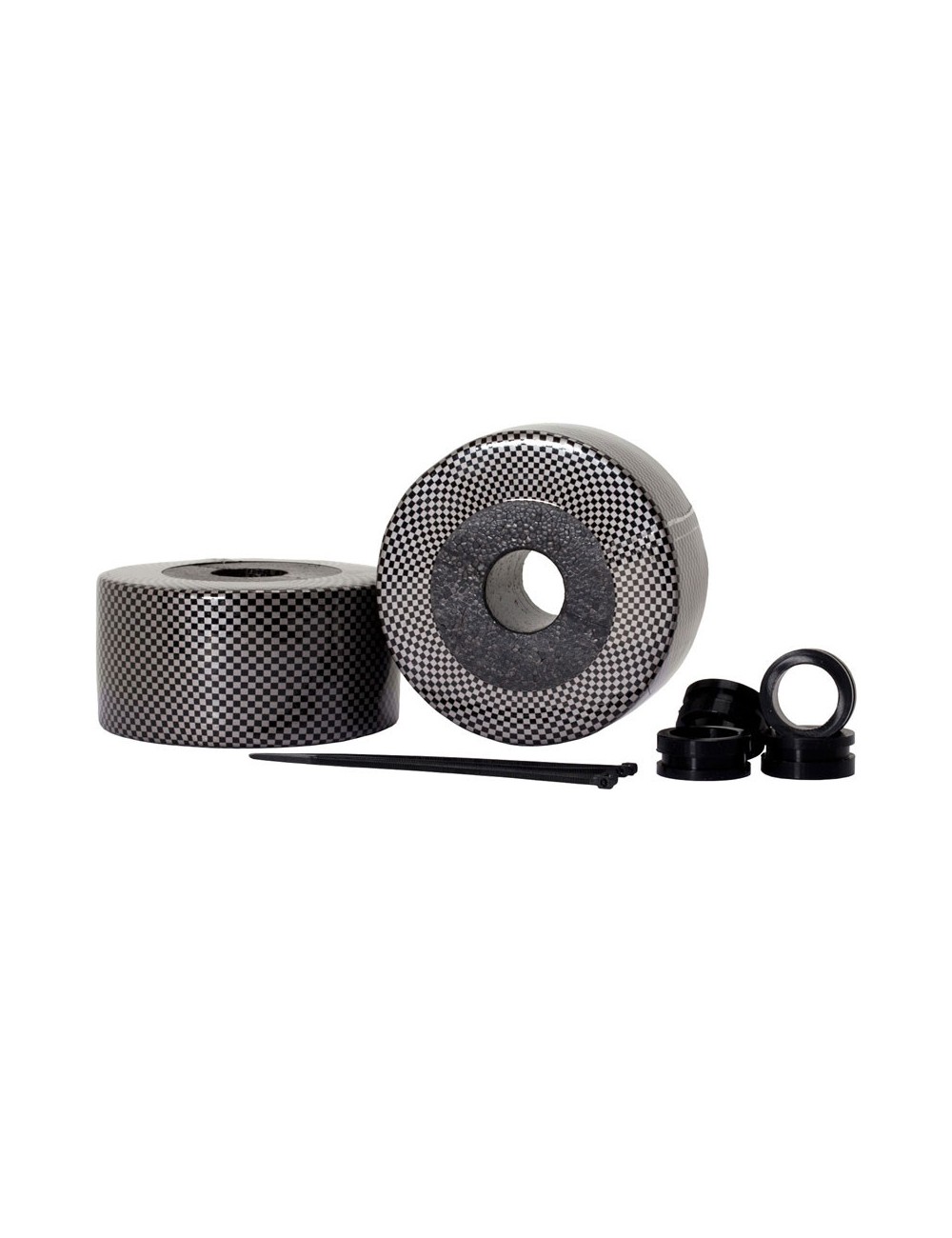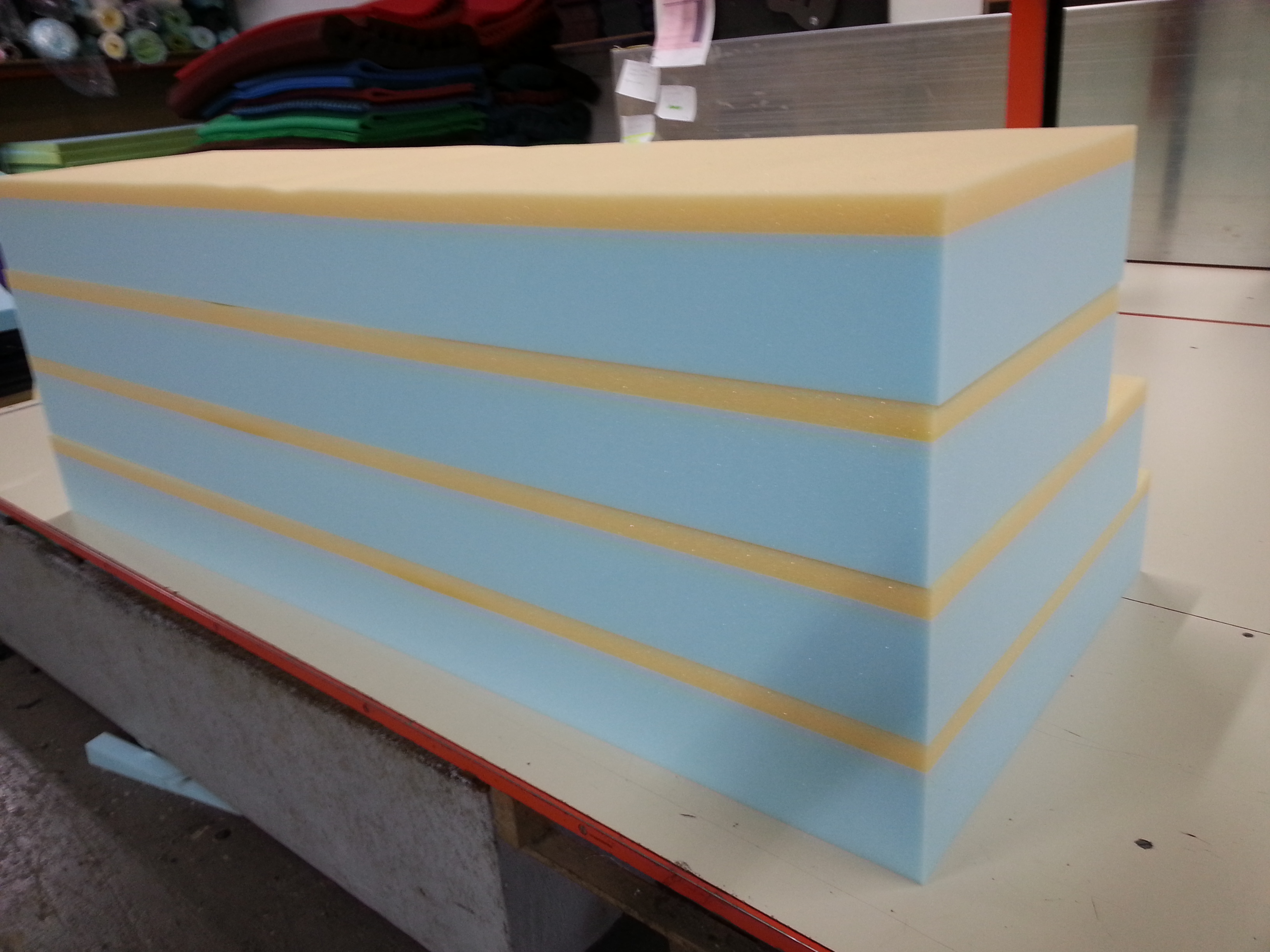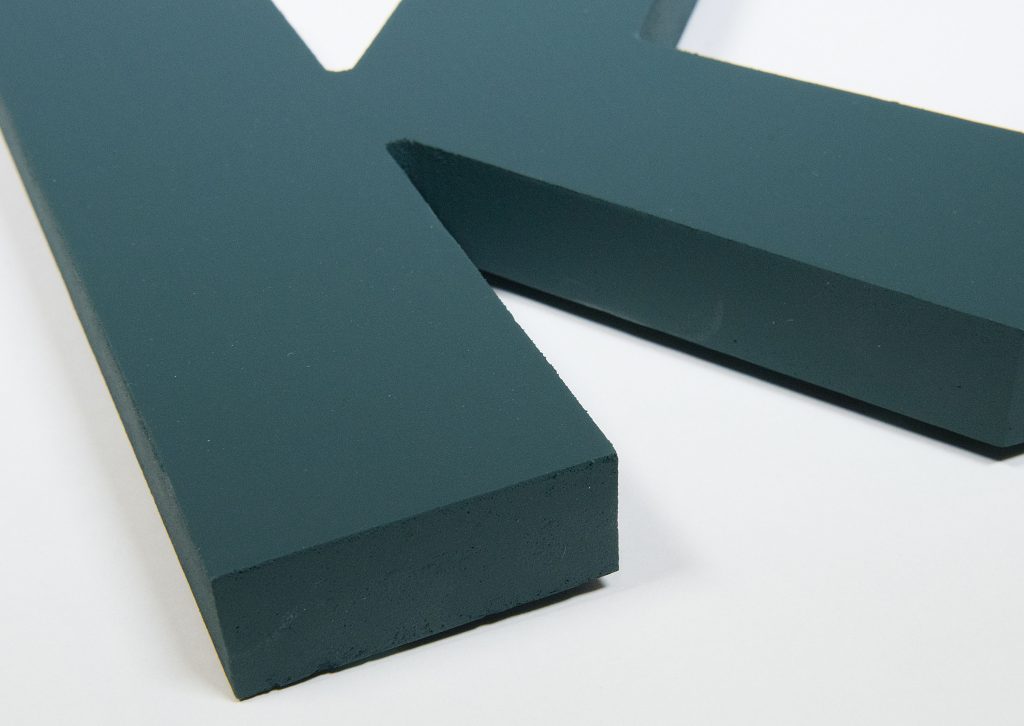Memory foam mattresses have gained immense popularity in recent years, and for good reason. This type of foam was originally developed by NASA to provide cushioning and support for astronauts during space travel. Today, memory foam is known for its ability to contour to the body, relieving pressure points and providing a comfortable sleep experience. One of the main benefits of memory foam is its ability to evenly distribute body weight, which helps to alleviate pain in areas such as the shoulders, hips, and back. It also has motion isolation properties, meaning that movement on one side of the bed will not disturb the person on the other side, making it an ideal choice for couples. Featured keywords: memory foam, NASA, contour, pressure points, motion isolation Memory Foam
Latex foam is made from the sap of rubber trees and has been used in mattresses for decades. It is known for its durability, with some latex mattresses lasting up to 20 years. It is also hypoallergenic, making it a great option for those with allergies or sensitivities. Similar to memory foam, latex foam also conforms to the body, providing support and relieving pressure points. However, it has a more responsive feel, meaning it bounces back quickly when pressure is removed. This can be beneficial for those who don't like the sinking feeling of memory foam. Featured keywords: latex foam, durability, hypoallergenic, conform, responsive Latex Foam
Innerspring mattresses have been around for a long time and are still a popular choice for many people. They are made up of coils or springs that provide support and bounce. In recent years, innerspring mattresses have been combined with foam layers for added comfort and support. One of the main benefits of innerspring foam mattresses is their affordability. They are generally less expensive than other types of foam mattresses and come in a variety of firmness levels. However, they may not provide as much pressure relief as memory foam or latex mattresses. Featured keywords: innerspring foam, coils, support, affordability, firmness Innerspring Foam
Hybrid mattresses are a combination of different types of foam, such as memory foam, latex foam, and innerspring coils. This allows them to provide the benefits of each type of foam, while also addressing any potential drawbacks. For example, a hybrid mattress may have the pressure relief of memory foam, but also the responsiveness of latex foam. Another advantage of hybrid mattresses is their ability to cater to different sleep preferences. With a variety of foam and spring layers, they can offer a customizable sleep experience for each individual. Featured keywords: hybrid foam, combination, benefits, pressure relief, responsiveness, customizable Hybrid Foam
Gel foam mattresses have become increasingly popular in recent years, especially for those who tend to sleep hot. The gel infusion in the foam helps to dissipate body heat, keeping the sleeper cool throughout the night. This makes it a great option for those who live in warmer climates or tend to get hot while sleeping. In addition to its cooling properties, gel foam also provides excellent support and pressure relief. It conforms to the body and helps to distribute weight evenly, reducing pressure on certain areas of the body. Featured keywords: gel foam, cooling, support, pressure relief, conform Gel Foam
Polyurethane foam is a type of foam that is used in a wide range of products, including mattresses. It is known for its affordability and durability, making it a popular choice for those on a budget. It is also hypoallergenic, making it a good option for those with allergies or asthma. Polyurethane foam mattresses come in a variety of densities and firmness levels, allowing for a customizable sleep experience. However, they may not provide as much contouring and pressure relief as other types of foam. Featured keywords: polyurethane foam, affordability, durability, hypoallergenic, densities, firmness Polyurethane Foam
Air foam mattresses, also known as airbeds, use air as the main source of support. They are typically adjustable, allowing the sleeper to add or remove air to find their desired level of firmness. This makes them a great option for people who have specific preferences when it comes to the firmness of their mattress. Air foam mattresses also have the benefit of motion isolation, meaning that movement on one side of the bed will not affect the other side. They can also be a good choice for couples with different sleep preferences. Featured keywords: air foam, adjustable, firmness, motion isolation, couples Air Foam
Water foam mattresses, also known as waterbeds, use water as the main source of support. They come in a variety of styles, including hard-sided and soft-sided. One of the main benefits of water foam mattresses is their ability to contour to the body, providing support and relieving pressure points. They are also known for their motion isolation properties, making them a good option for couples. However, they may require more maintenance and upkeep compared to other types of foam mattresses. Featured keywords: water foam, waterbeds, contour, pressure points, motion isolation, maintenance Water Foam
Plant-based foam mattresses are made from natural materials, such as soy, bamboo, or aloe vera. They are known for their eco-friendliness and lack of harmful chemicals, making them a popular choice for those who are environmentally conscious. In addition to their eco-friendliness, plant-based foam mattresses also provide good support and pressure relief. They are also hypoallergenic, making them a good option for those with allergies or sensitivities. Featured keywords: plant-based foam, natural materials, eco-friendly, chemicals, support, hypoallergenic Plant-based Foam
High-density foam mattresses are made with a higher concentration of foam, making them more durable and supportive. They are known for their longevity and can last up to 20 years with proper care. They also provide excellent support and pressure relief, making them a good option for those with chronic pain or injuries. However, high-density foam mattresses can be more expensive than other types of foam mattresses and may not be suitable for those who prefer a softer feel. Featured keywords: high-density foam, durability, longevity, support, pressure relief, expensive High-density Foam
The Benefits of Memory Foam Mattresses

What is Memory Foam?
 Memory foam is a type of foam that was originally developed by NASA in the 1960s to improve the safety and comfort of aircraft cushions. Today, it has become a popular material for mattresses due to its ability to conform to the body and provide pressure relief.
Memory foam is a type of foam that was originally developed by NASA in the 1960s to improve the safety and comfort of aircraft cushions. Today, it has become a popular material for mattresses due to its ability to conform to the body and provide pressure relief.
How Does Memory Foam Work?
 Memory foam is made from a material called viscoelastic, which is temperature-sensitive and responds to the heat of your body. When you lie down on a memory foam mattress, the foam softens and molds to the contours of your body, distributing your weight evenly and providing support where it is needed. This allows for proper spinal alignment and can help alleviate pressure points, reducing the risk of waking up with aches and pains.
Memory foam is made from a material called viscoelastic, which is temperature-sensitive and responds to the heat of your body. When you lie down on a memory foam mattress, the foam softens and molds to the contours of your body, distributing your weight evenly and providing support where it is needed. This allows for proper spinal alignment and can help alleviate pressure points, reducing the risk of waking up with aches and pains.
The Different Types of Memory Foam
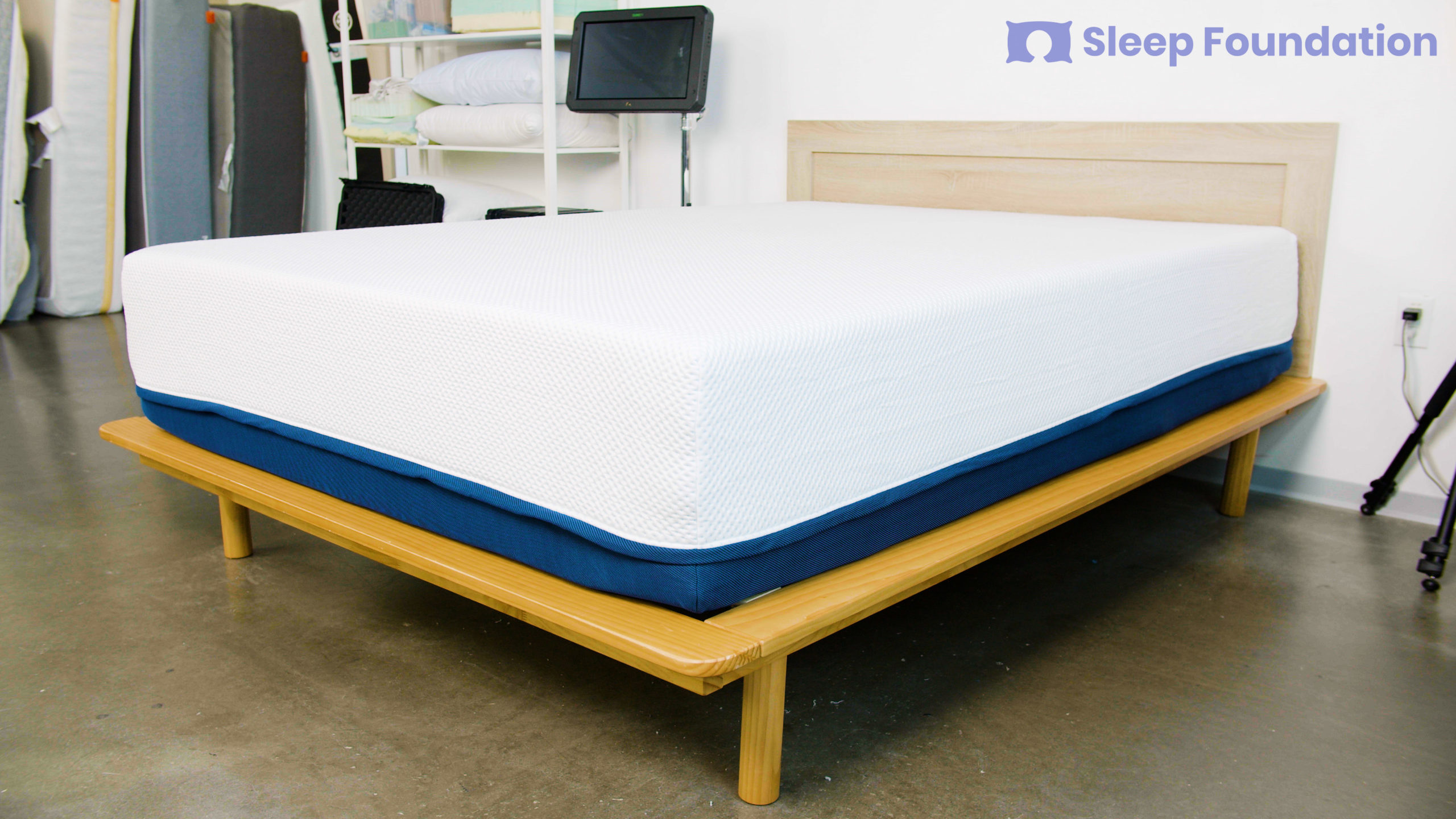 There are several types of memory foam used in mattresses, each with its own unique benefits.
Traditional Memory Foam:
This is the most common type of memory foam and has a slow response time, allowing for deep contouring and pressure relief.
Gel Memory Foam:
This type of memory foam is infused with gel particles, which help regulate body temperature and provide a cooler sleep experience.
Plant-Based Memory Foam:
Made from natural and renewable materials, this type of memory foam has a faster response time and is more breathable than traditional memory foam, making it a good option for hot sleepers.
There are several types of memory foam used in mattresses, each with its own unique benefits.
Traditional Memory Foam:
This is the most common type of memory foam and has a slow response time, allowing for deep contouring and pressure relief.
Gel Memory Foam:
This type of memory foam is infused with gel particles, which help regulate body temperature and provide a cooler sleep experience.
Plant-Based Memory Foam:
Made from natural and renewable materials, this type of memory foam has a faster response time and is more breathable than traditional memory foam, making it a good option for hot sleepers.
Why Choose a Memory Foam Mattress?
 Memory foam mattresses have become increasingly popular over the years due to their many benefits. They offer excellent support, pressure relief, and motion isolation, making them a great choice for those who suffer from back pain or have a partner who moves around a lot in their sleep. Additionally, memory foam mattresses are hypoallergenic and resistant to dust mites, making them a good option for those with allergies.
In conclusion, memory foam mattresses are a top choice for those looking for a comfortable and supportive sleep surface. With various types available, there is a memory foam mattress to suit every individual's needs and preferences. Consider investing in a memory foam mattress for a better night's rest and improved overall health and wellness.
Memory foam mattresses have become increasingly popular over the years due to their many benefits. They offer excellent support, pressure relief, and motion isolation, making them a great choice for those who suffer from back pain or have a partner who moves around a lot in their sleep. Additionally, memory foam mattresses are hypoallergenic and resistant to dust mites, making them a good option for those with allergies.
In conclusion, memory foam mattresses are a top choice for those looking for a comfortable and supportive sleep surface. With various types available, there is a memory foam mattress to suit every individual's needs and preferences. Consider investing in a memory foam mattress for a better night's rest and improved overall health and wellness.






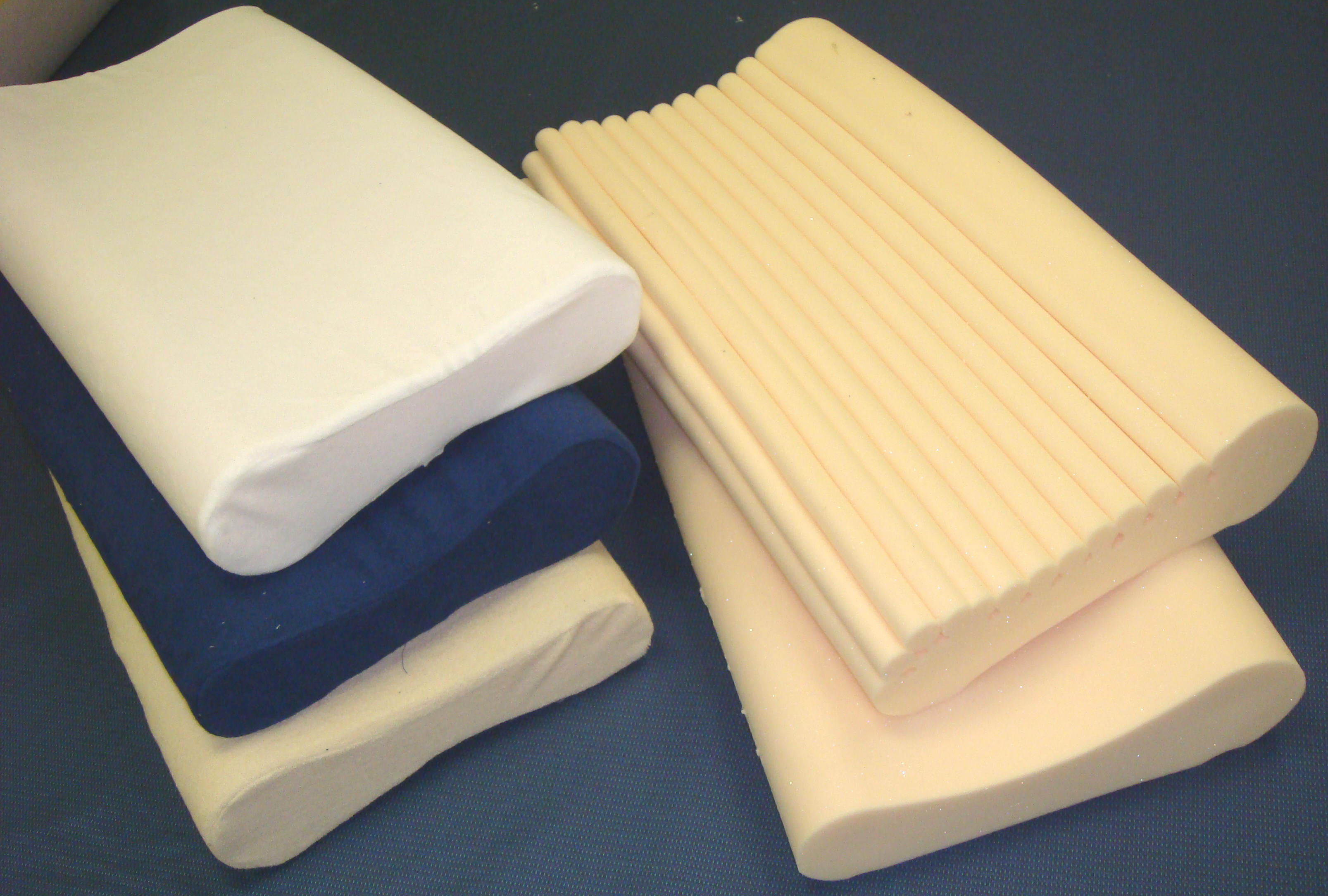
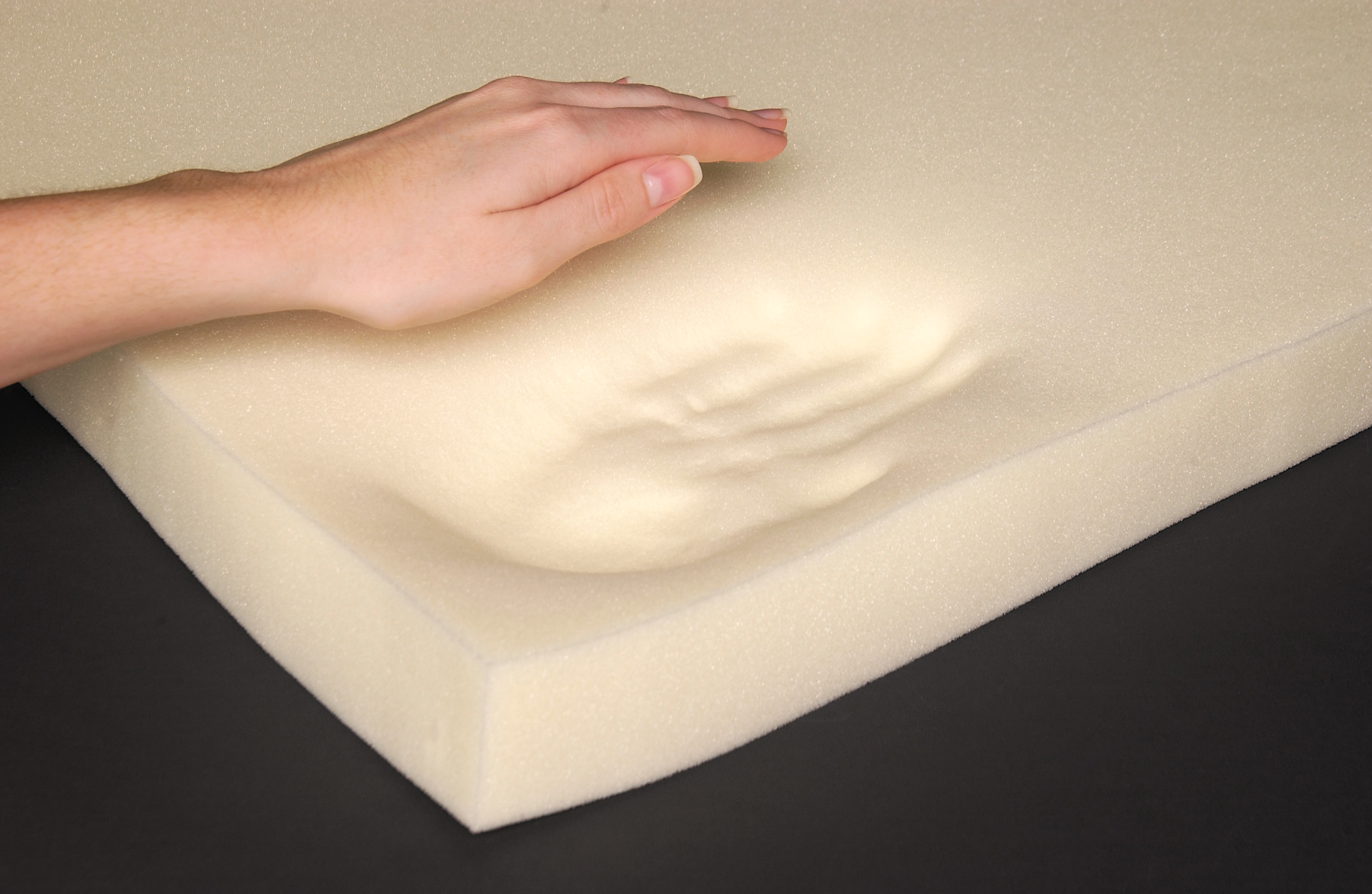
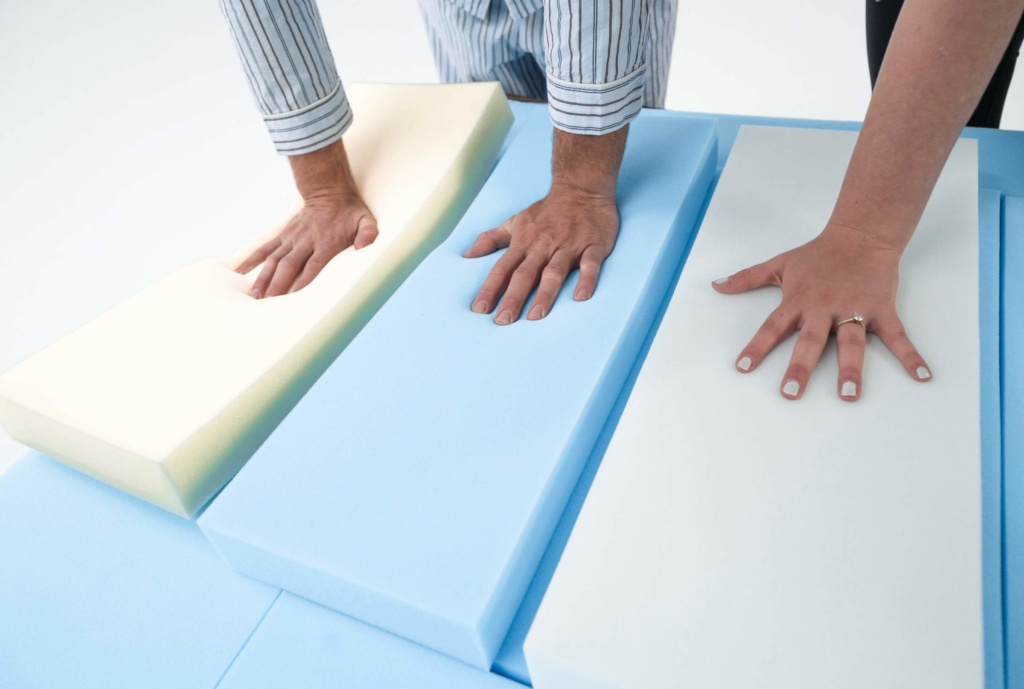
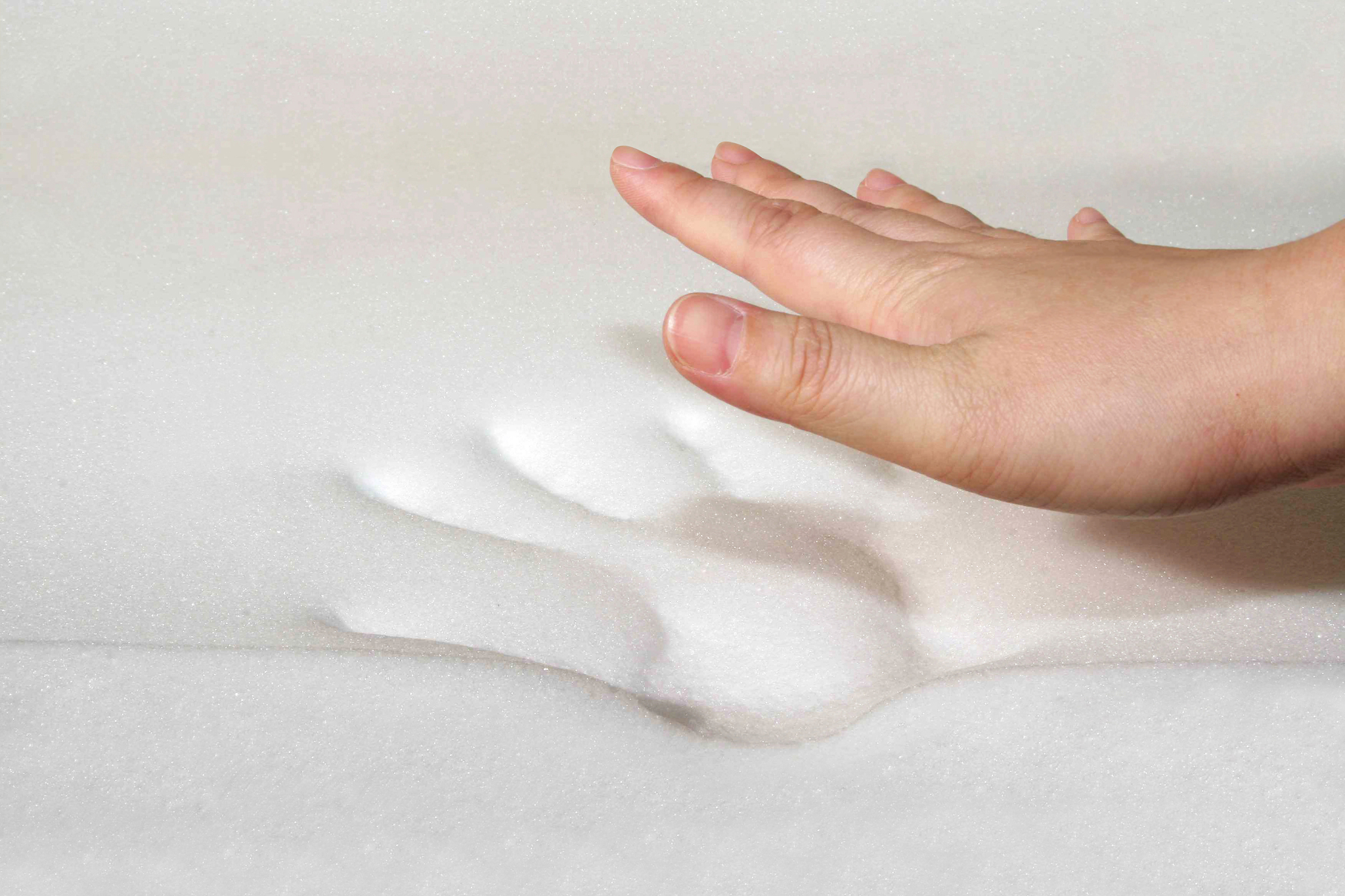
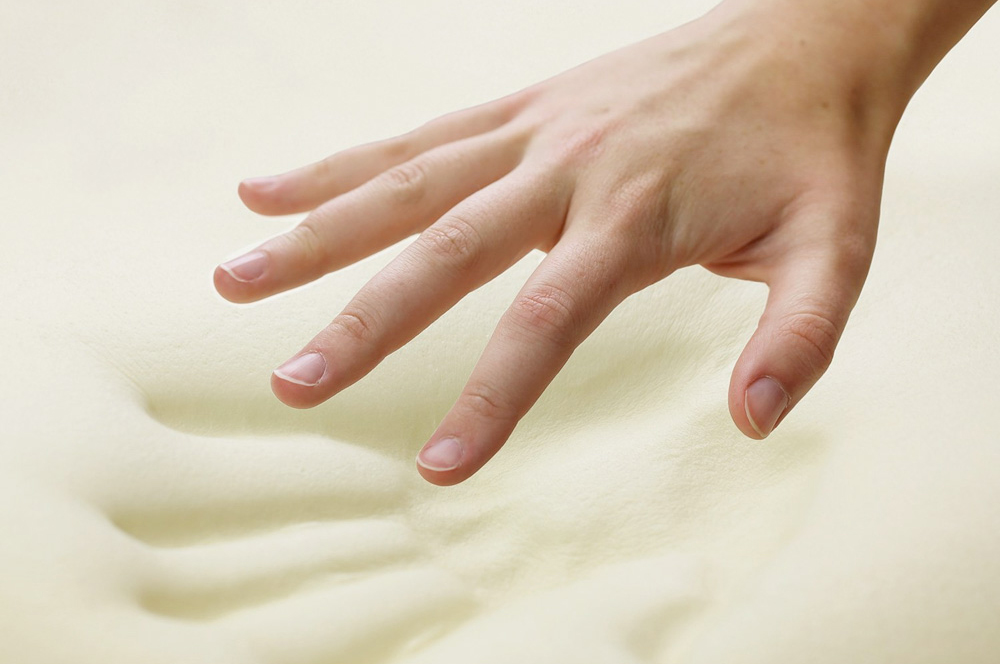

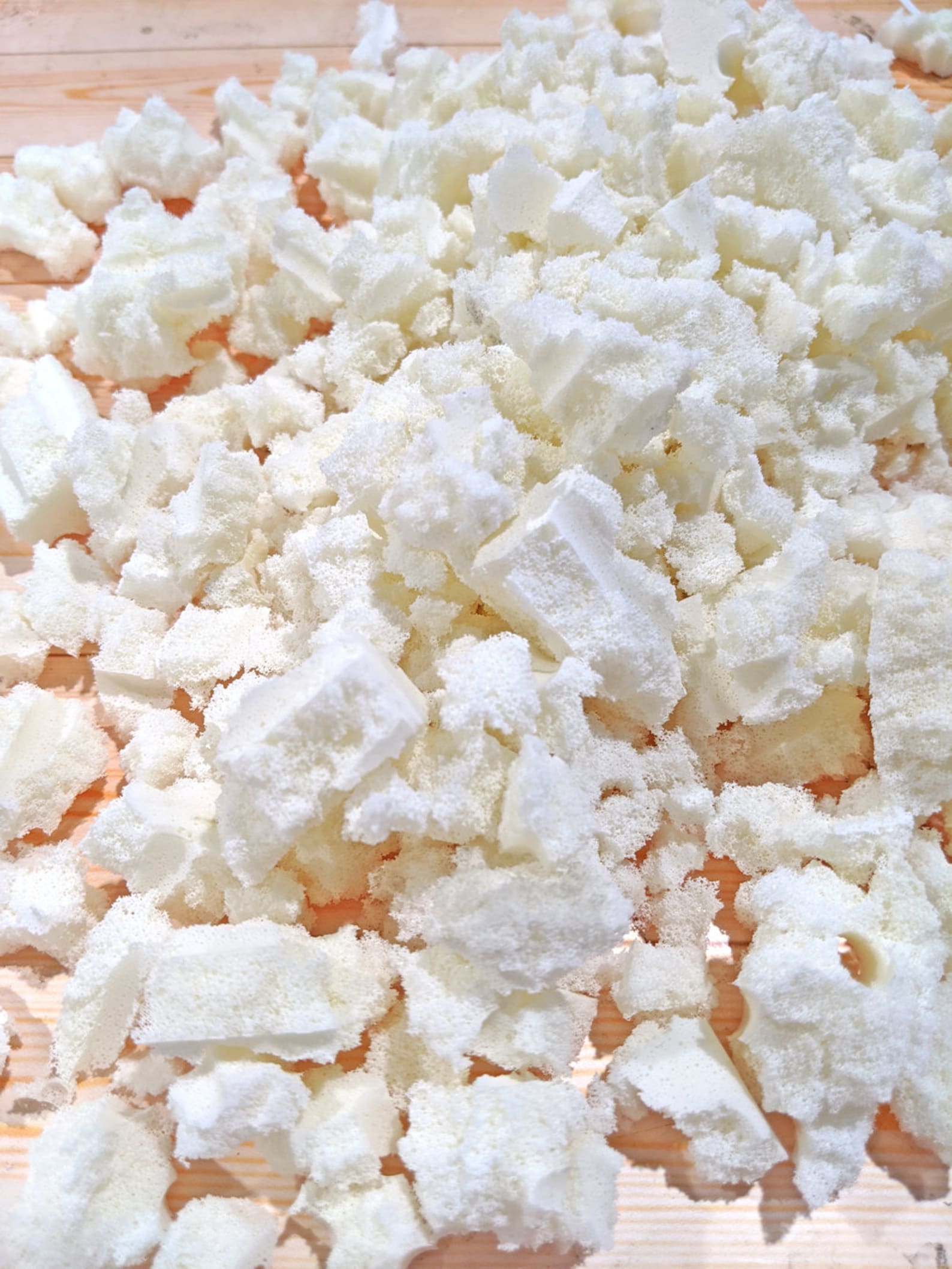


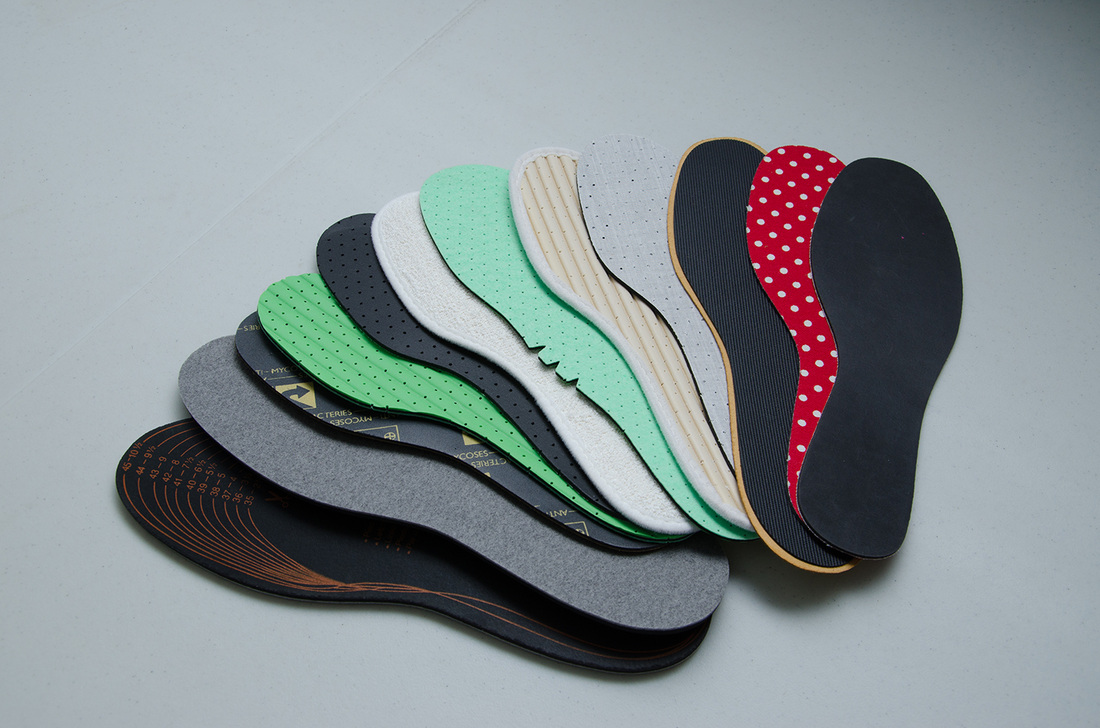
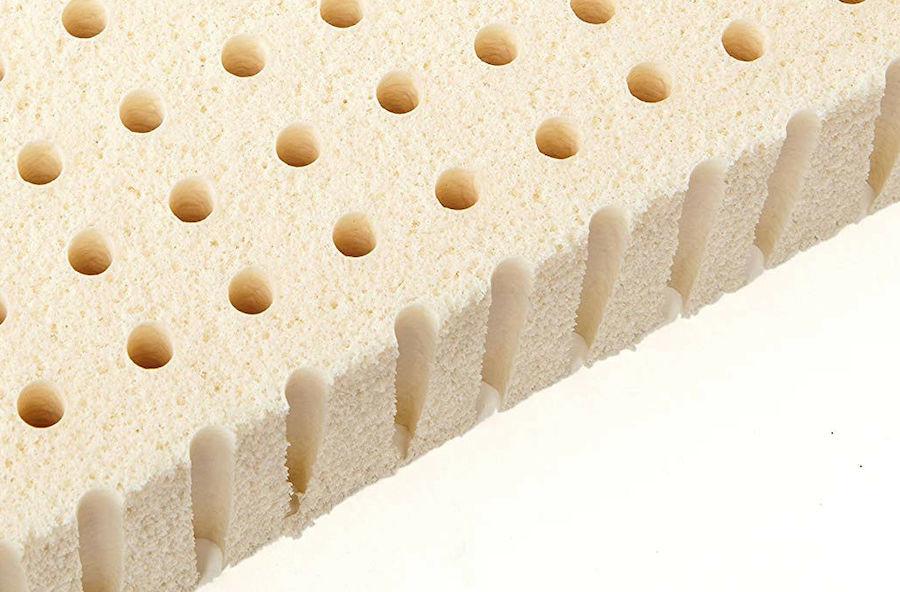
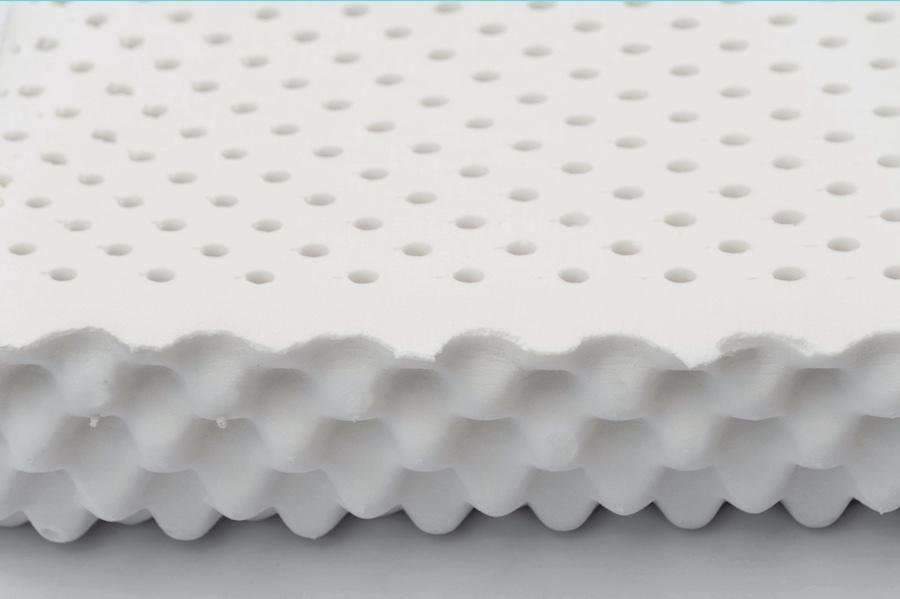
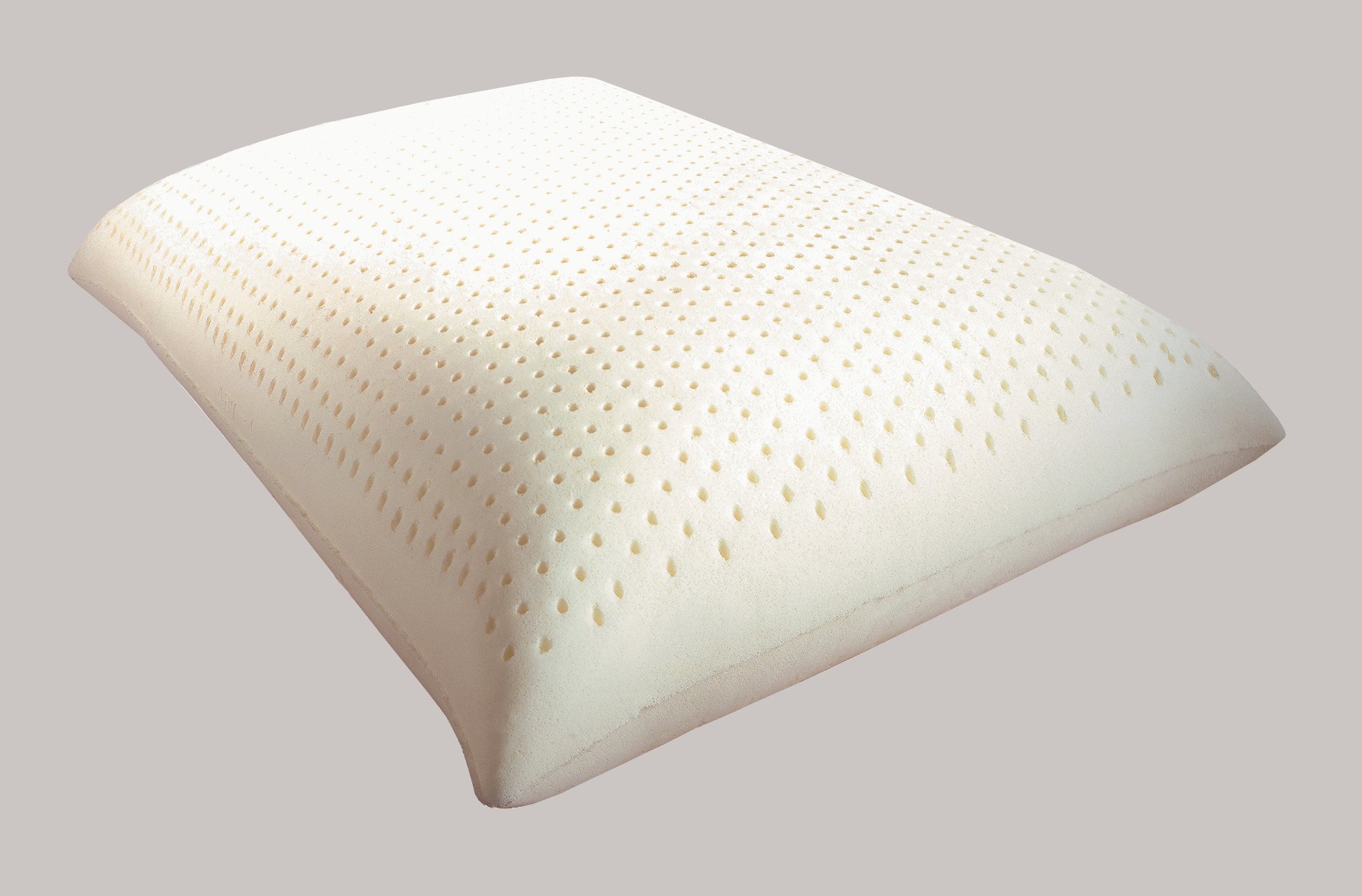

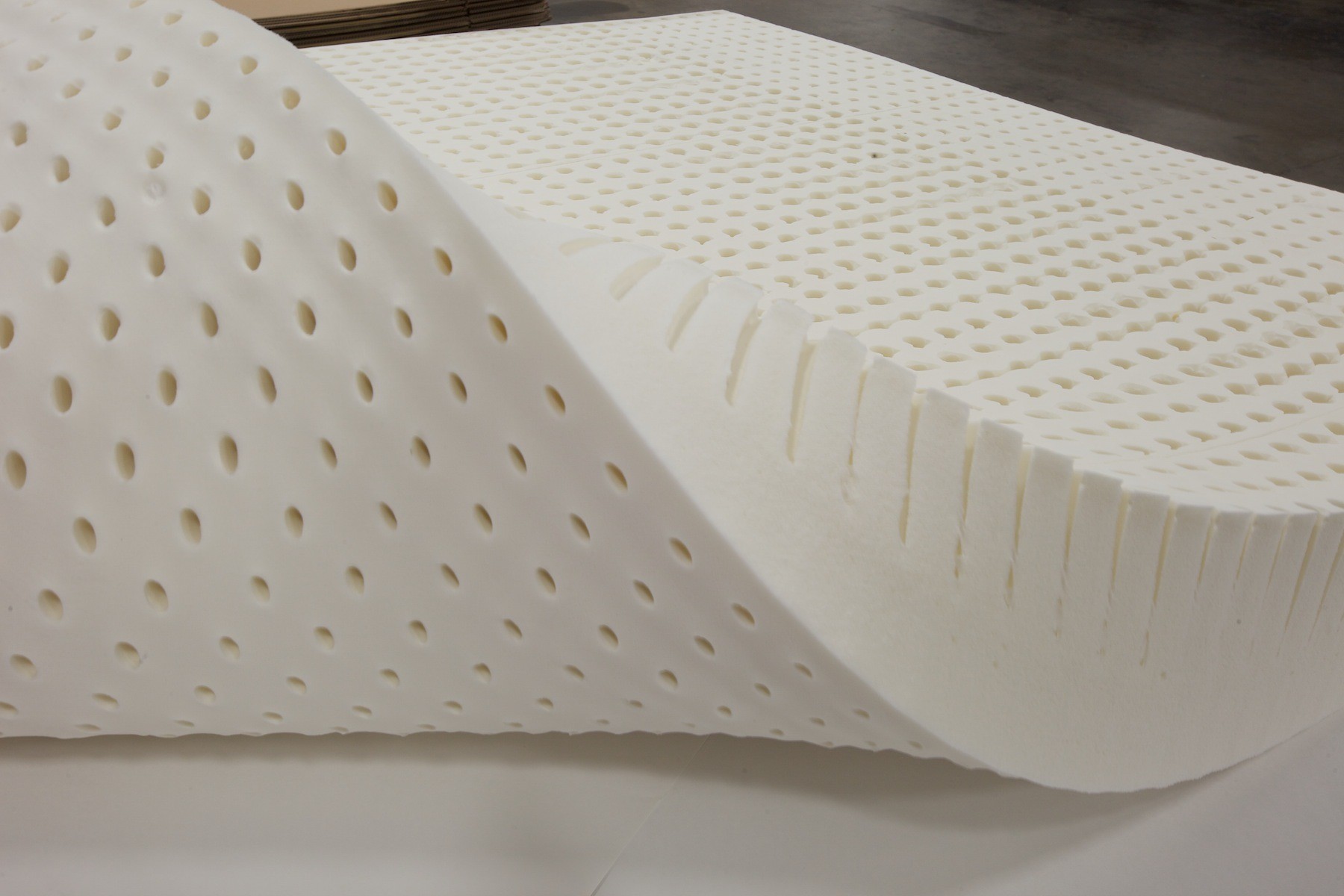
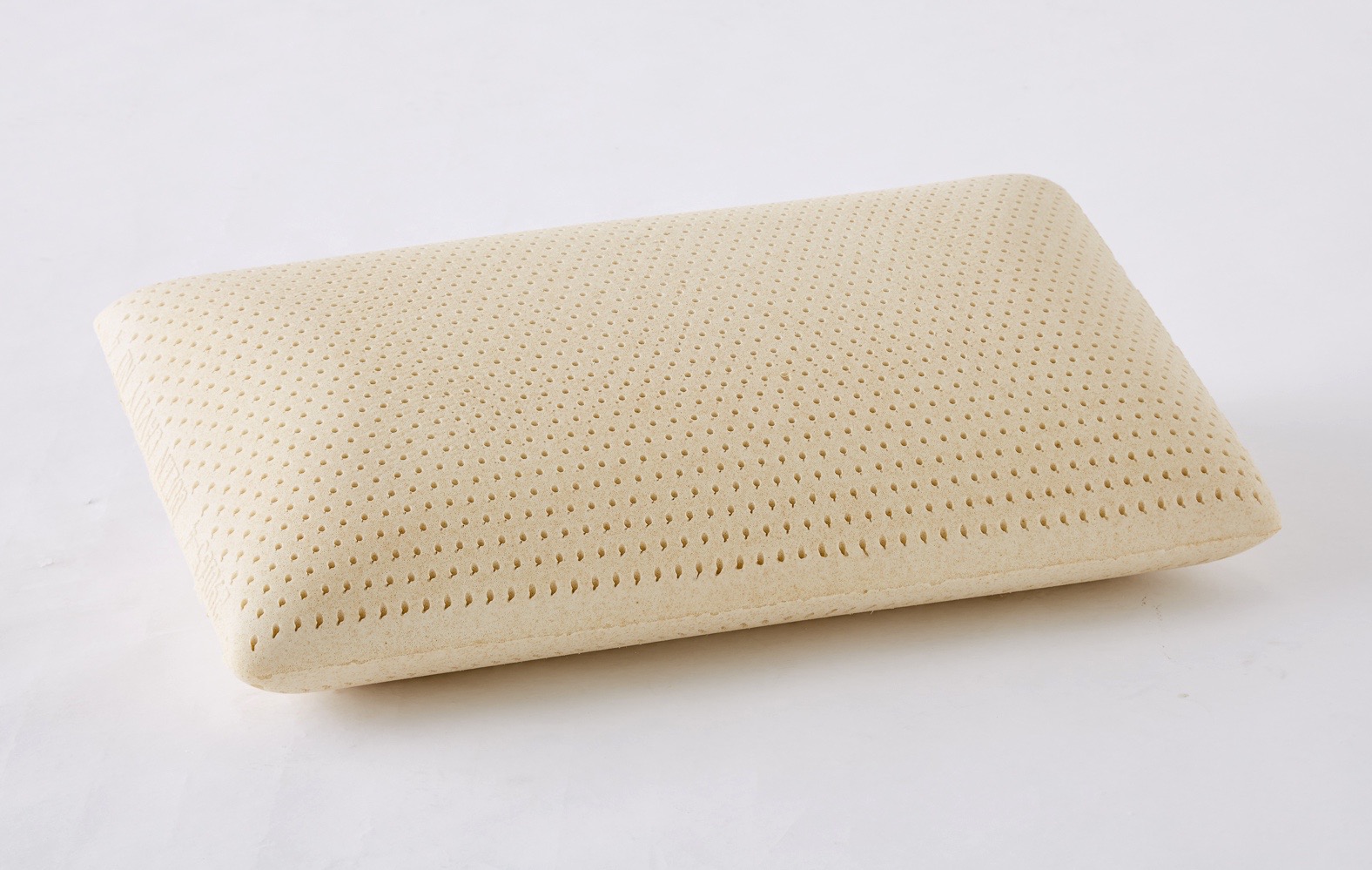
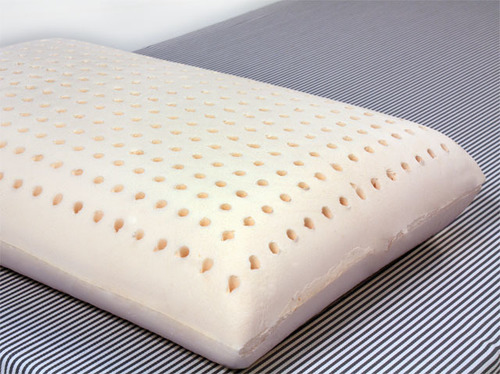





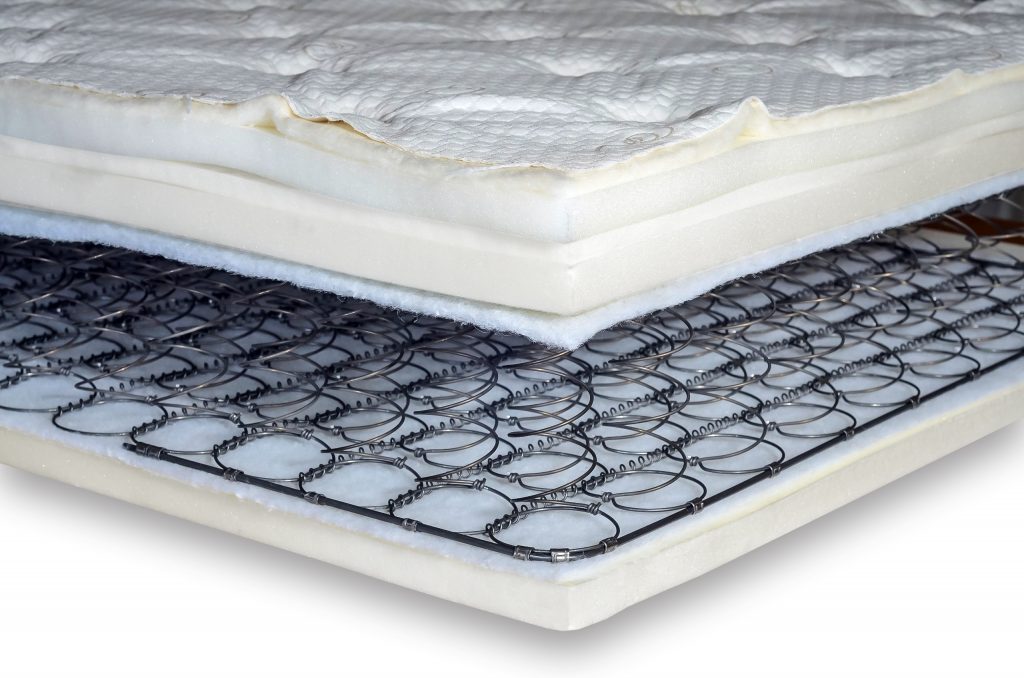
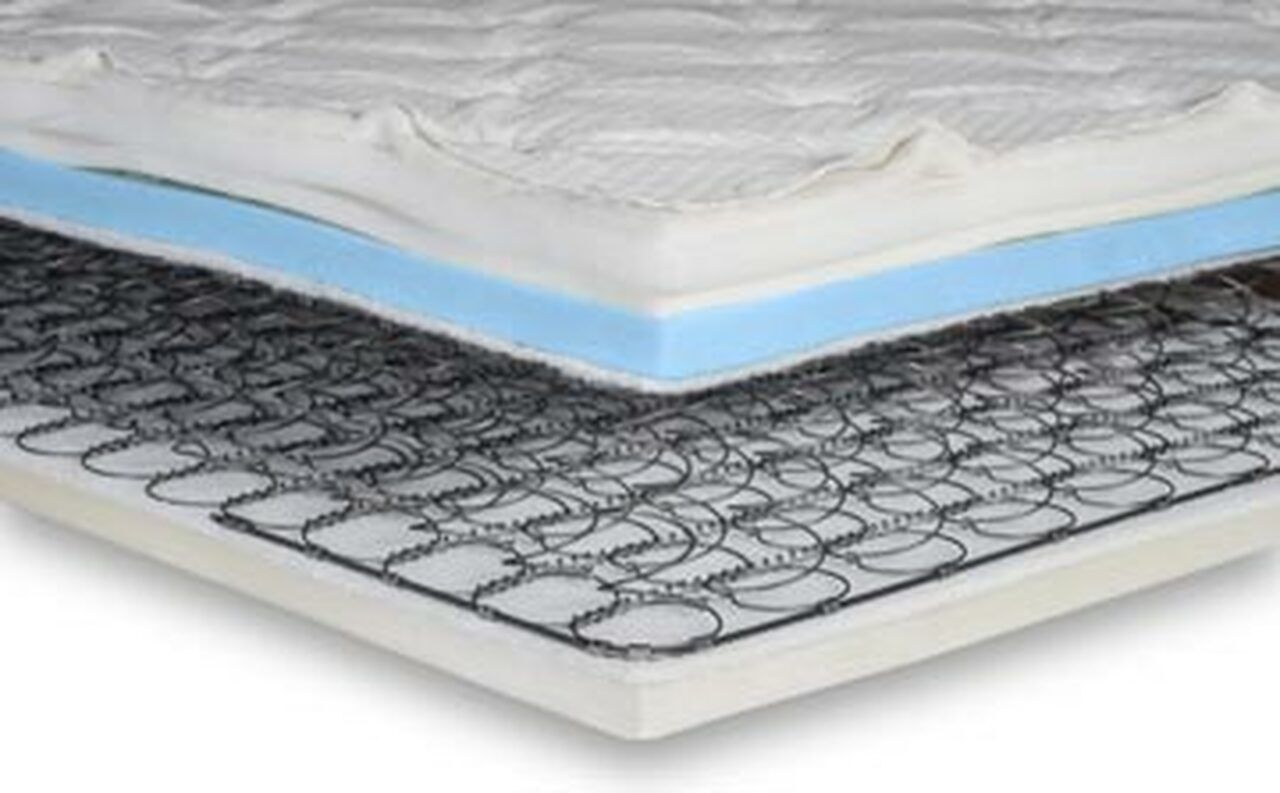

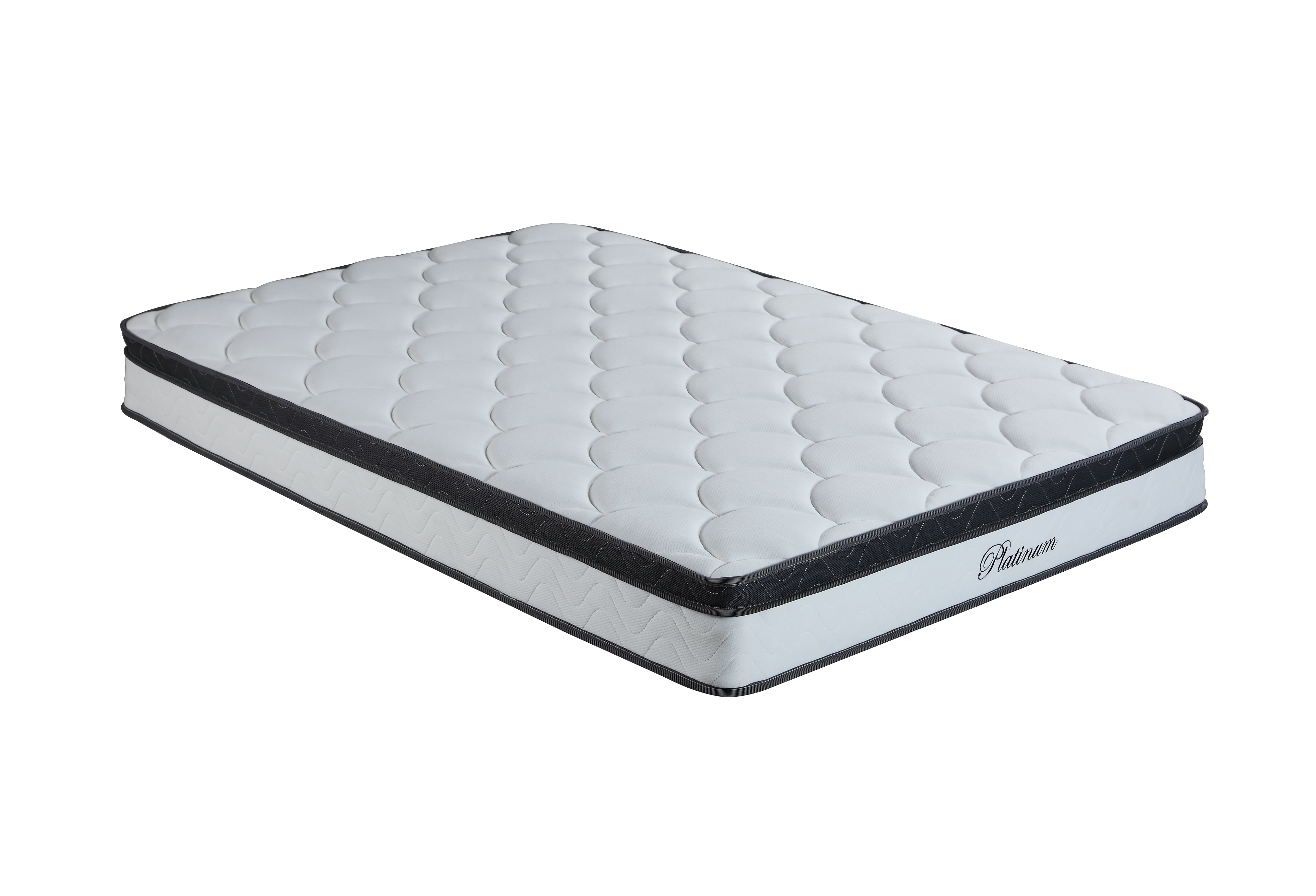

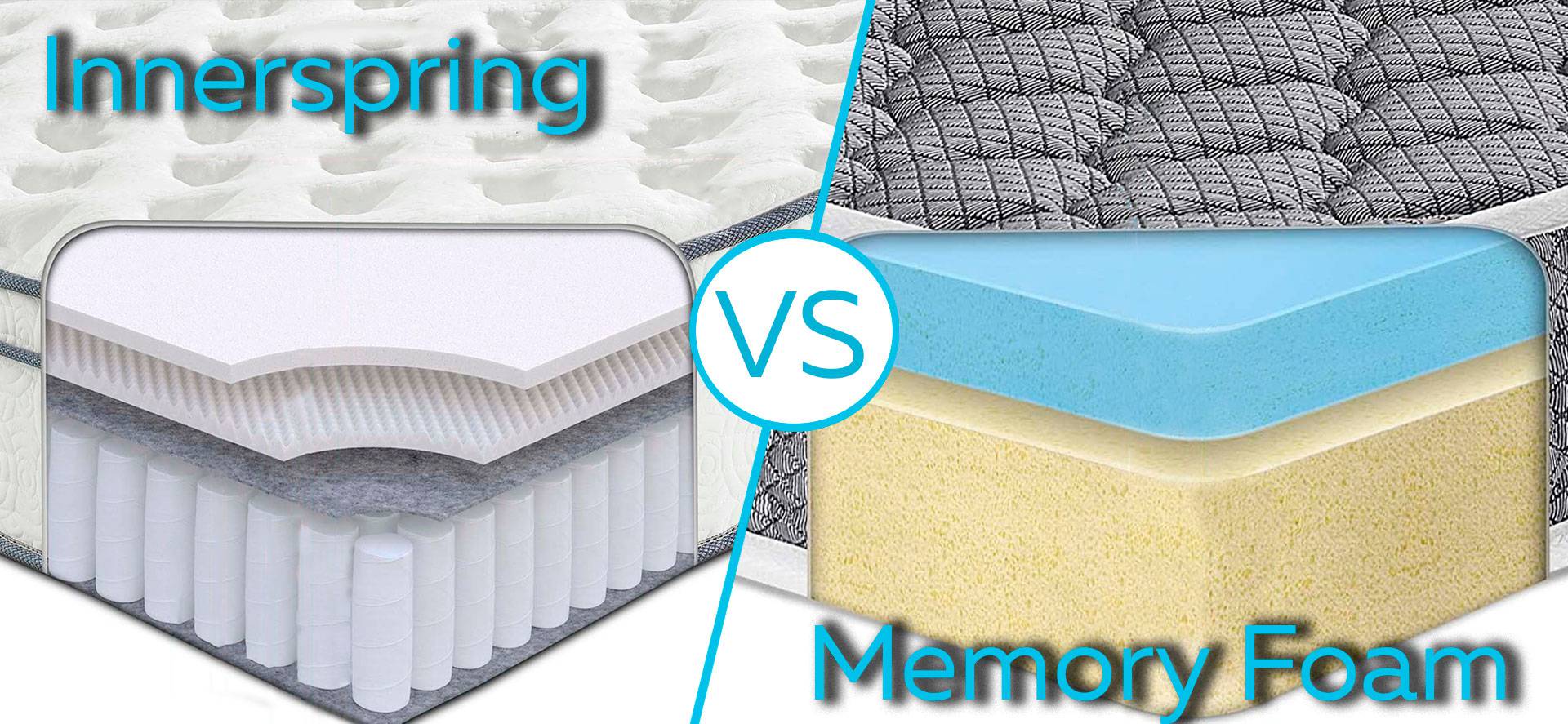

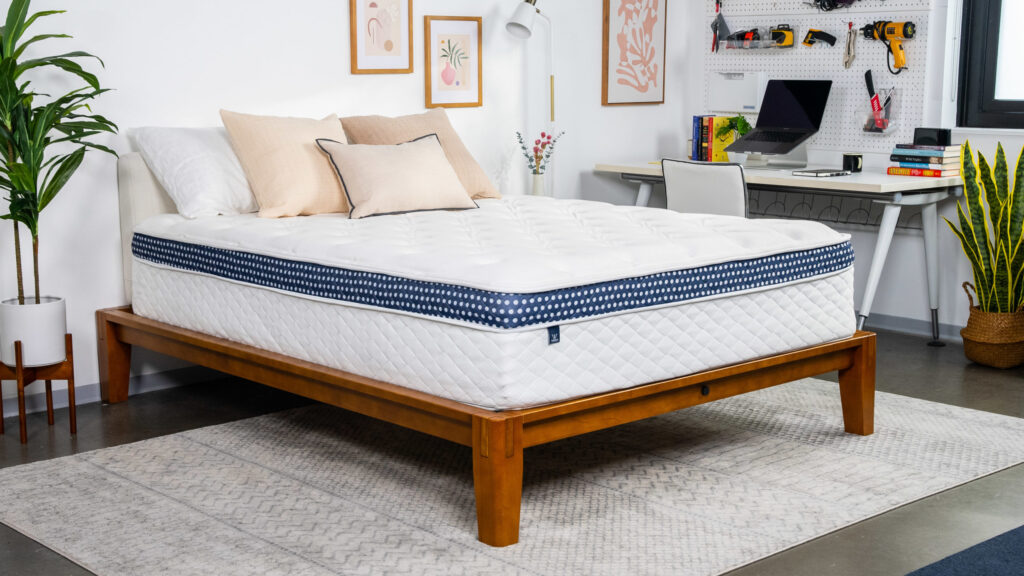
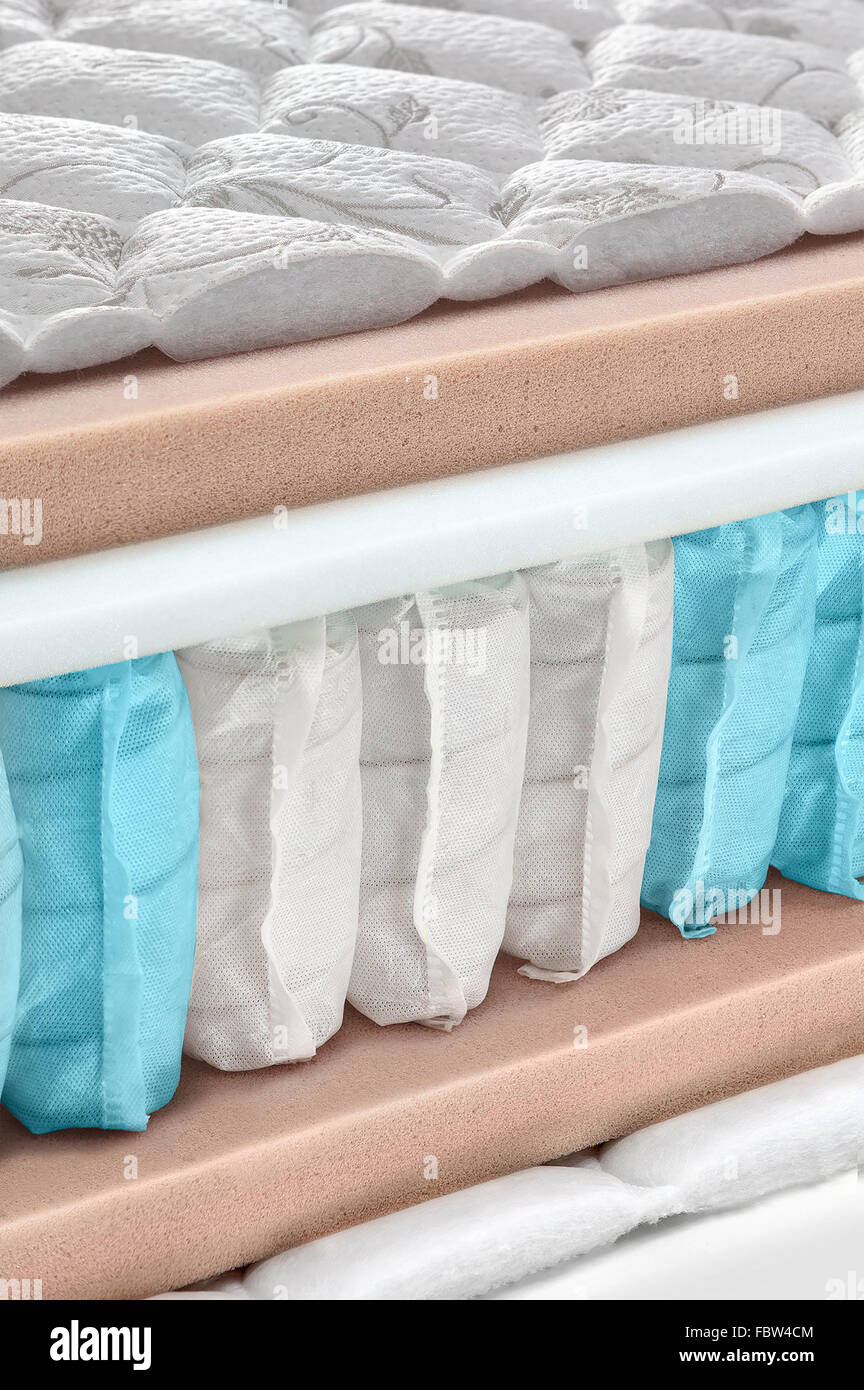





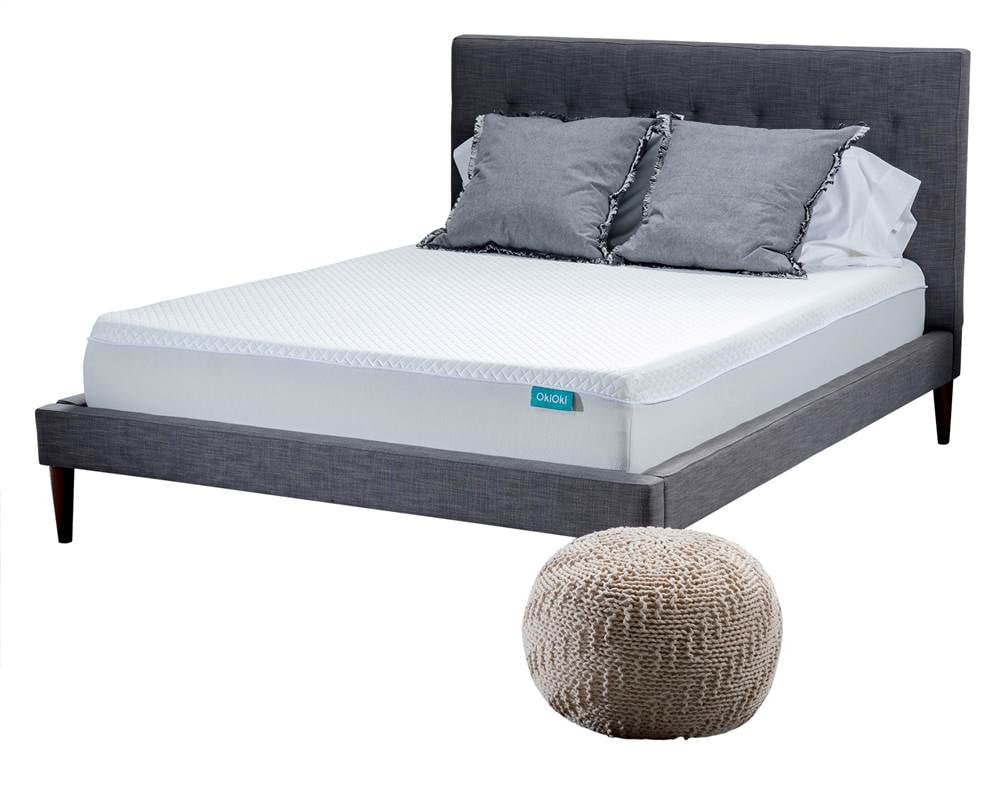
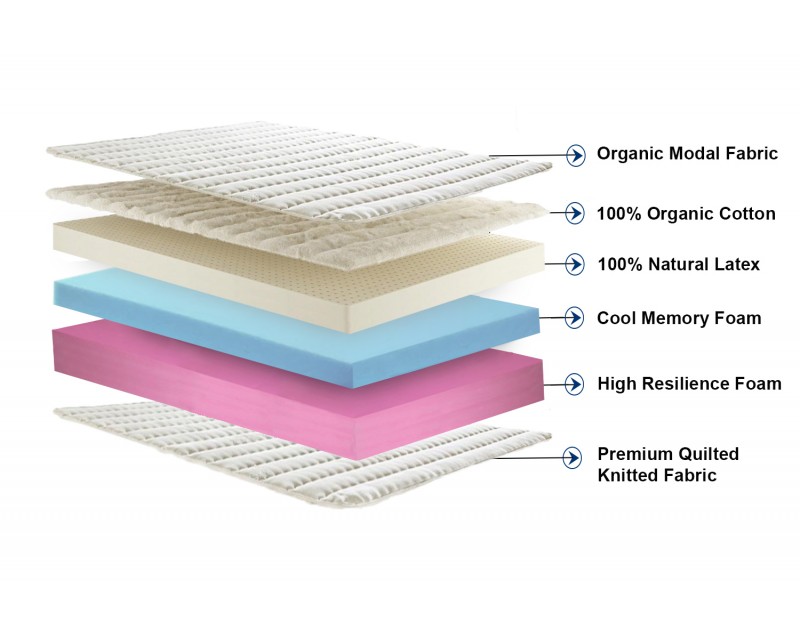


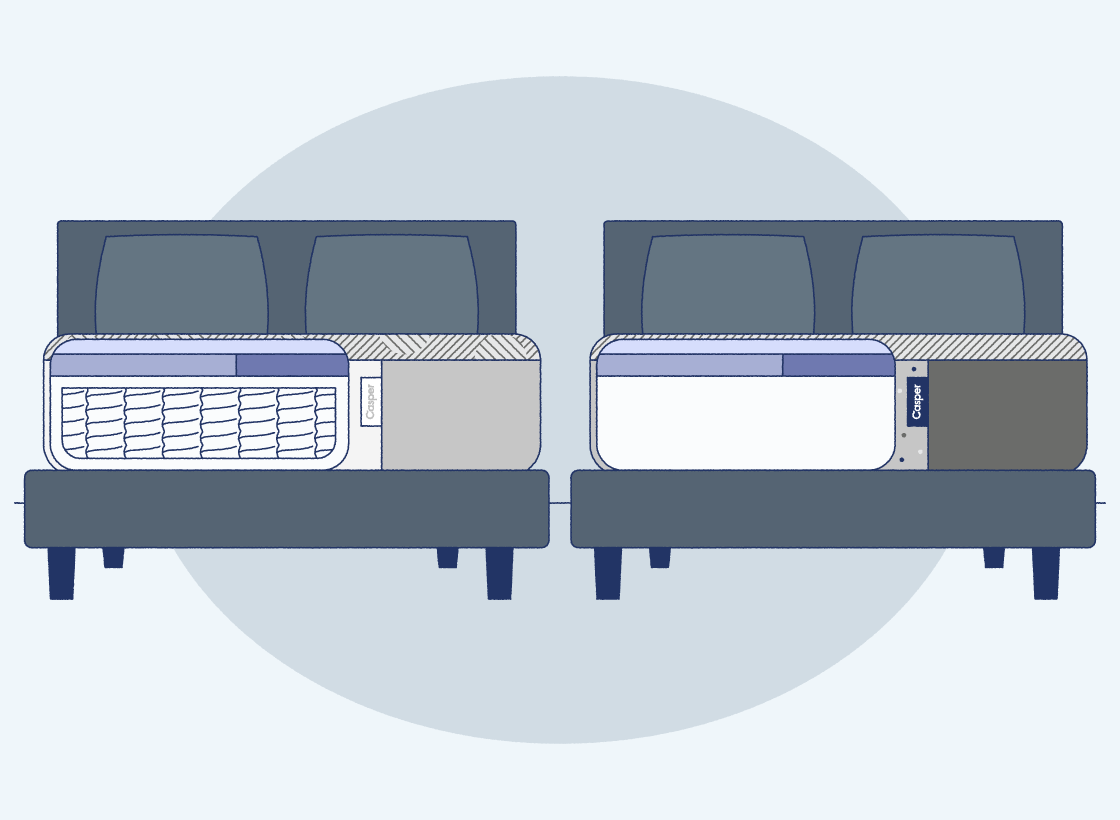

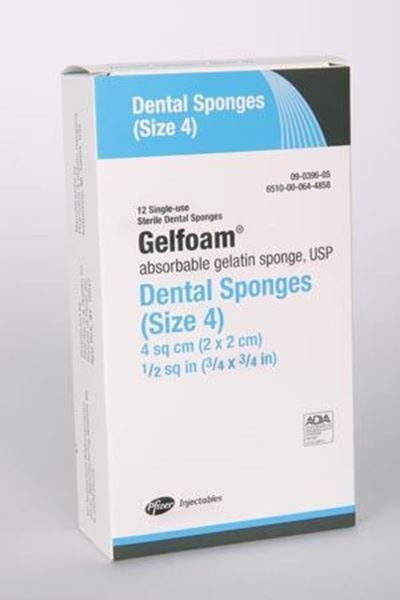
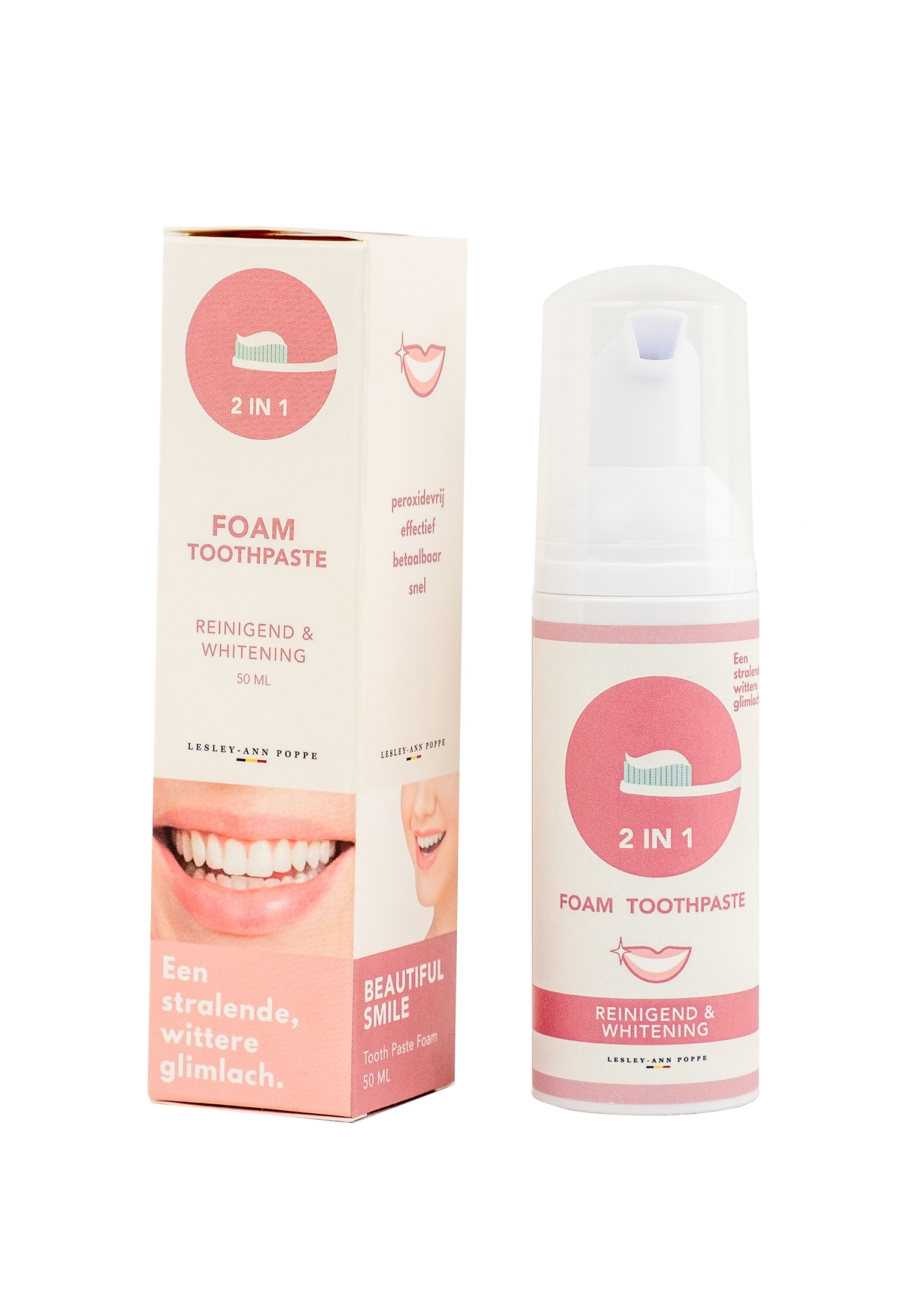
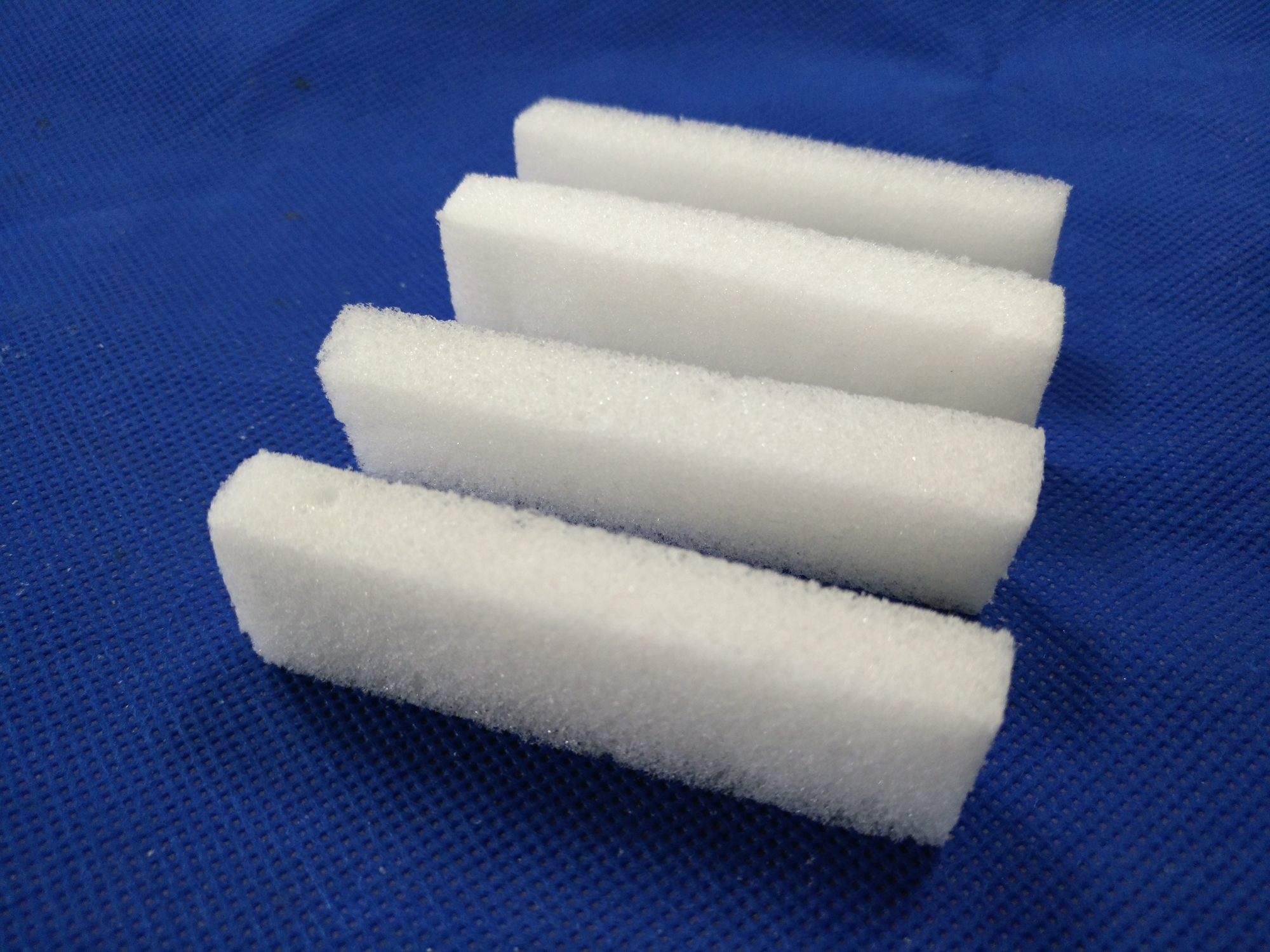
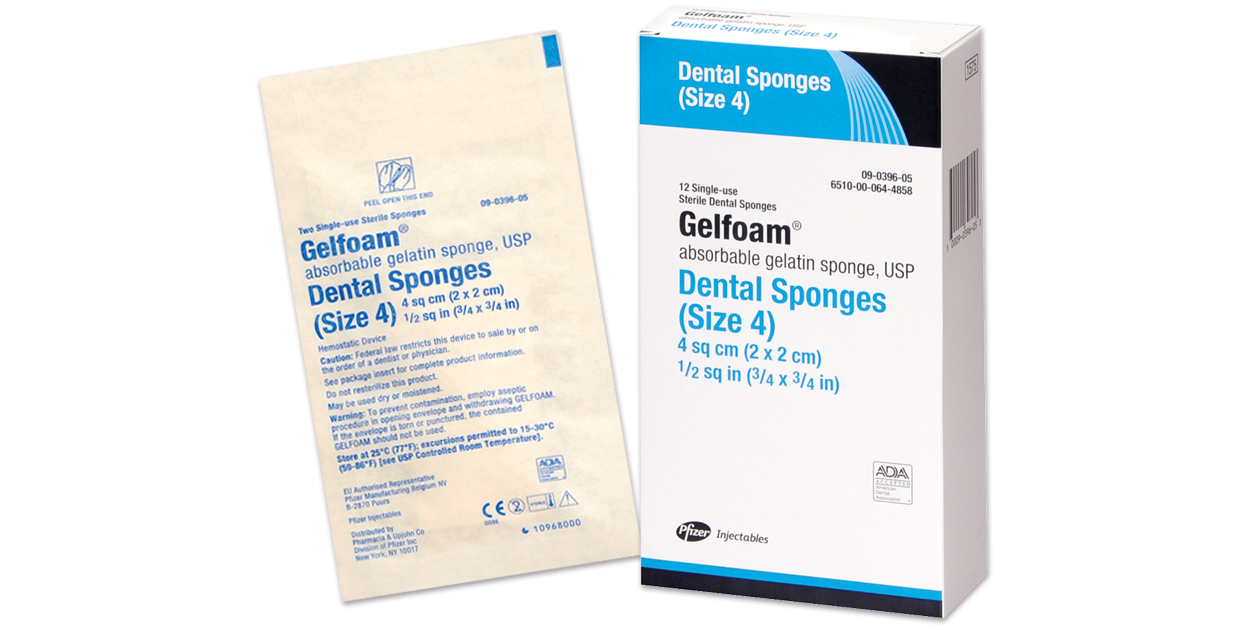


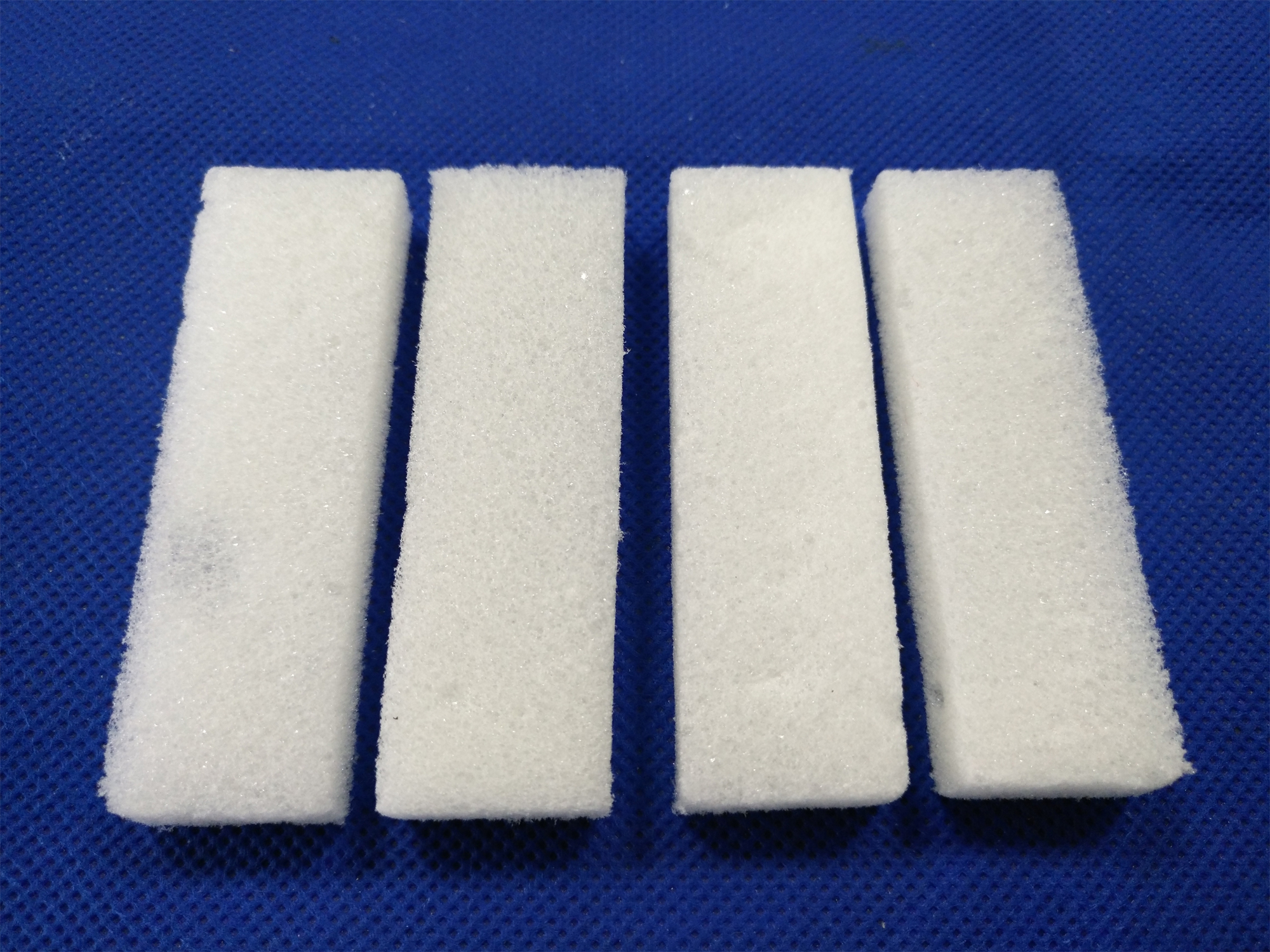



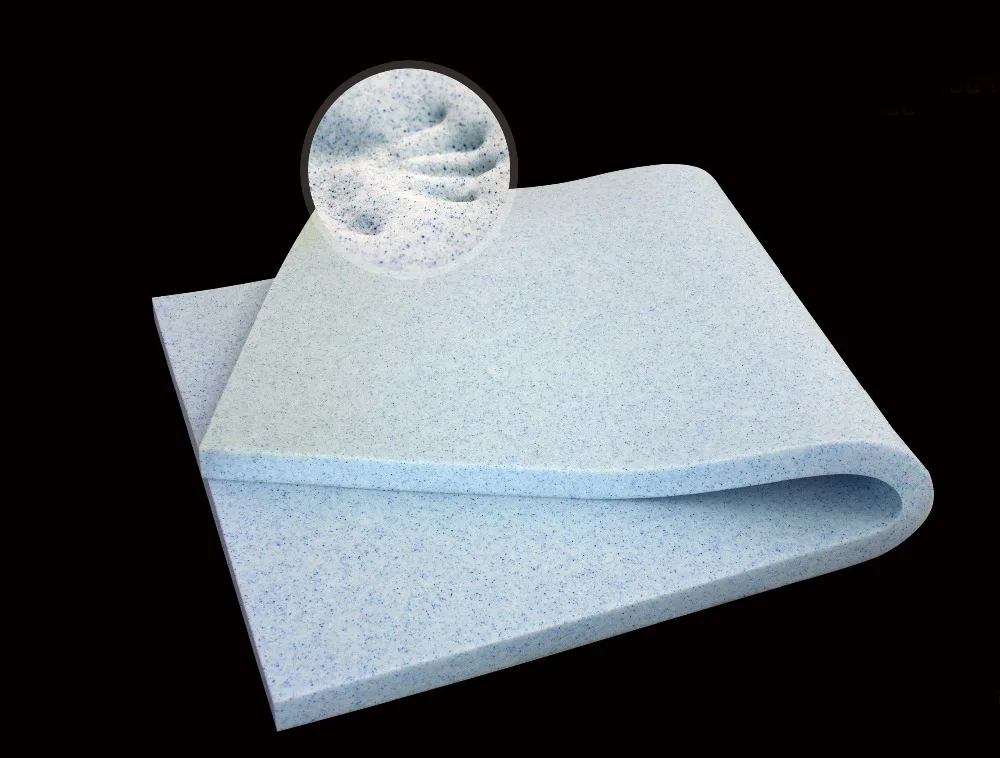



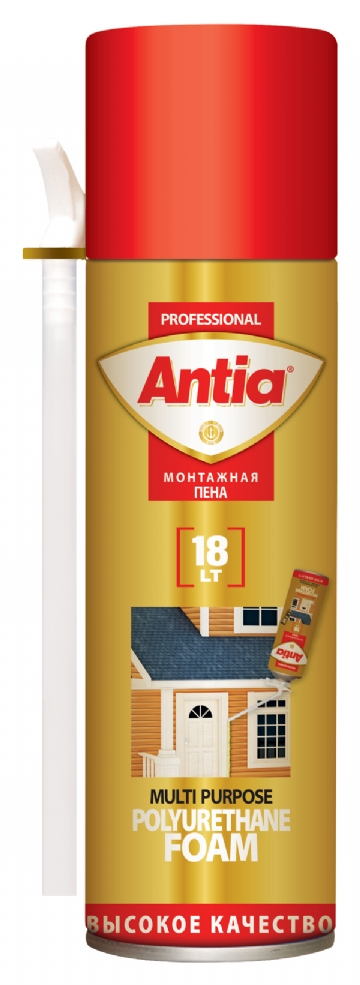
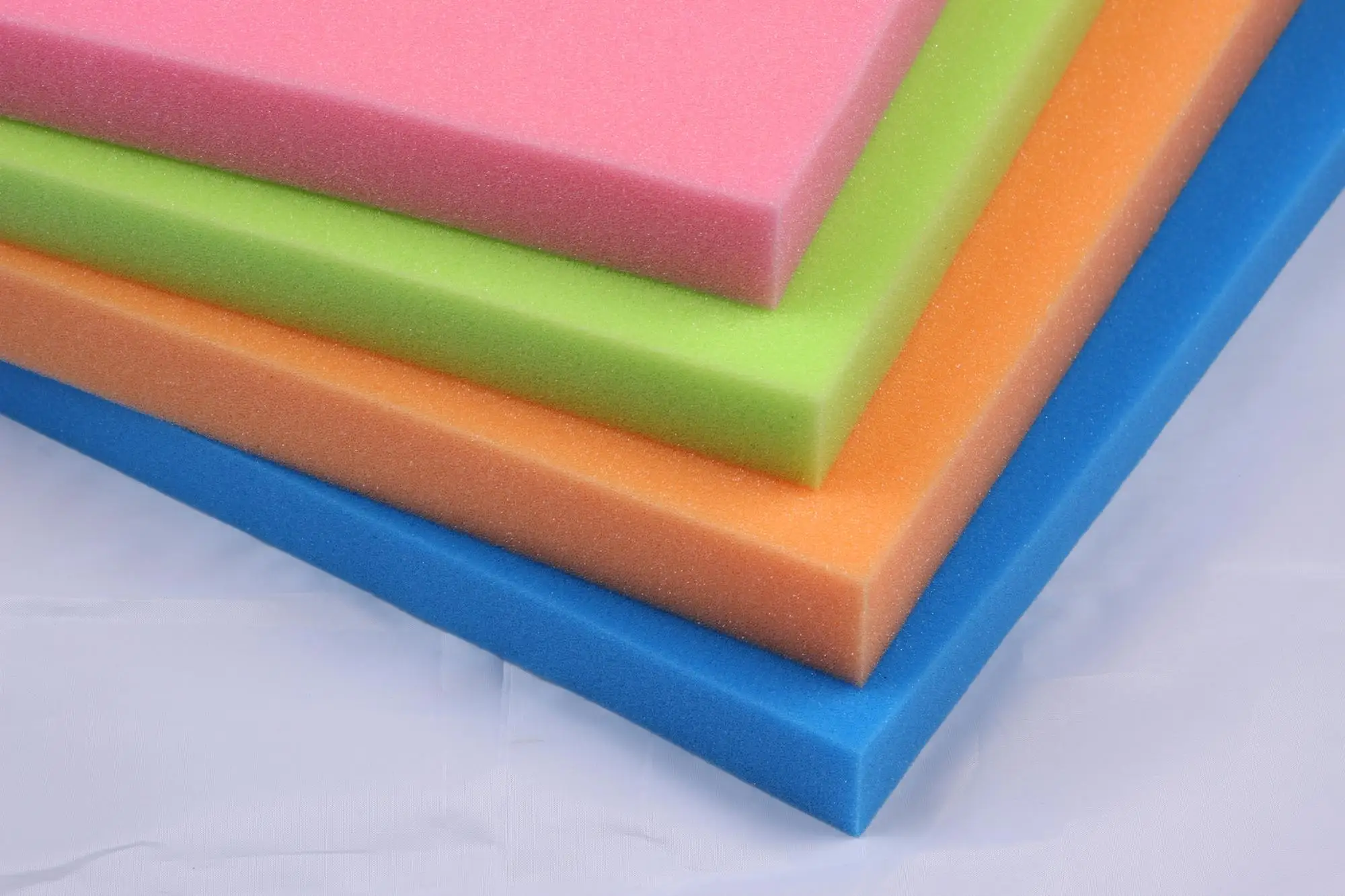


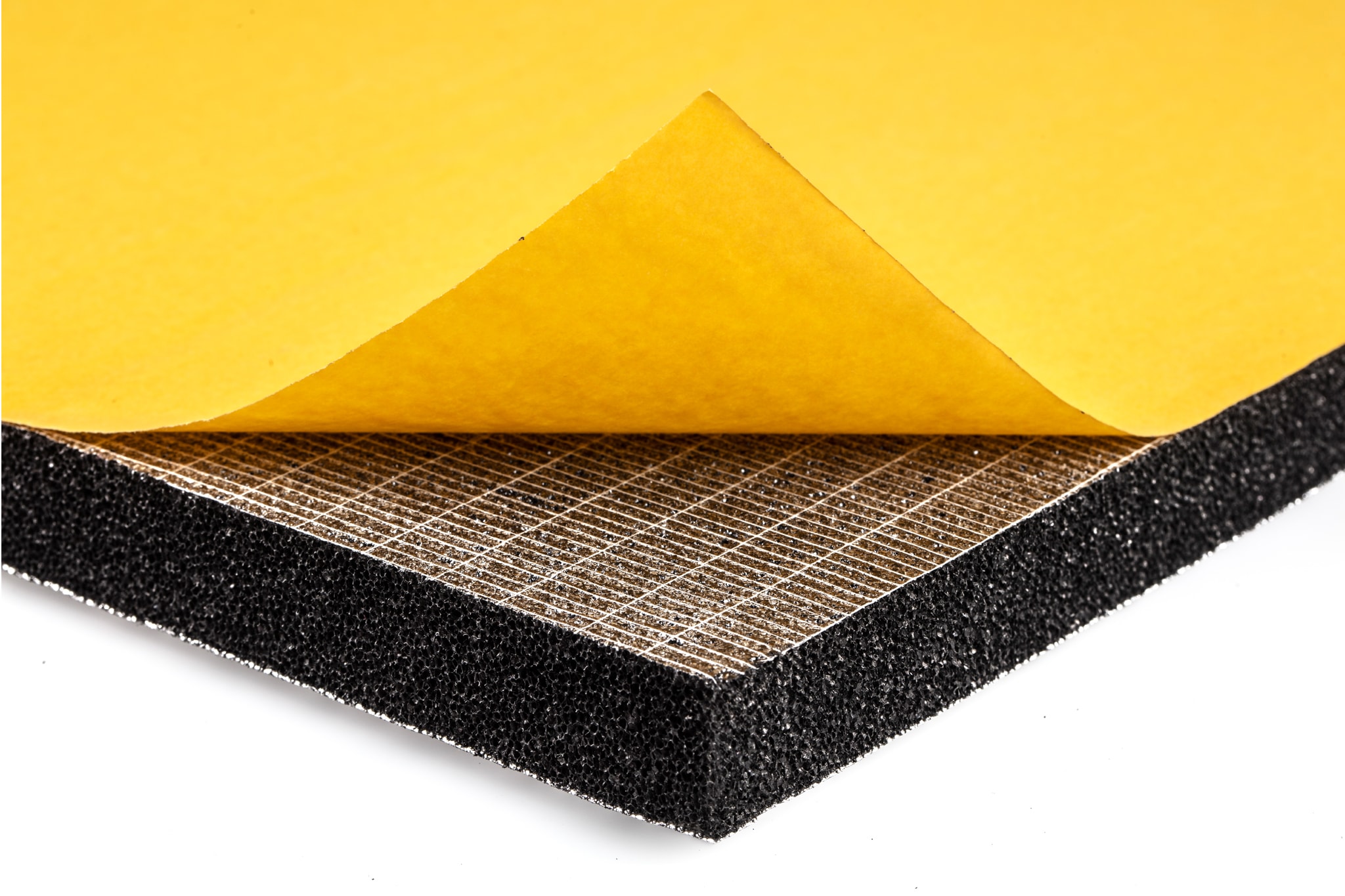


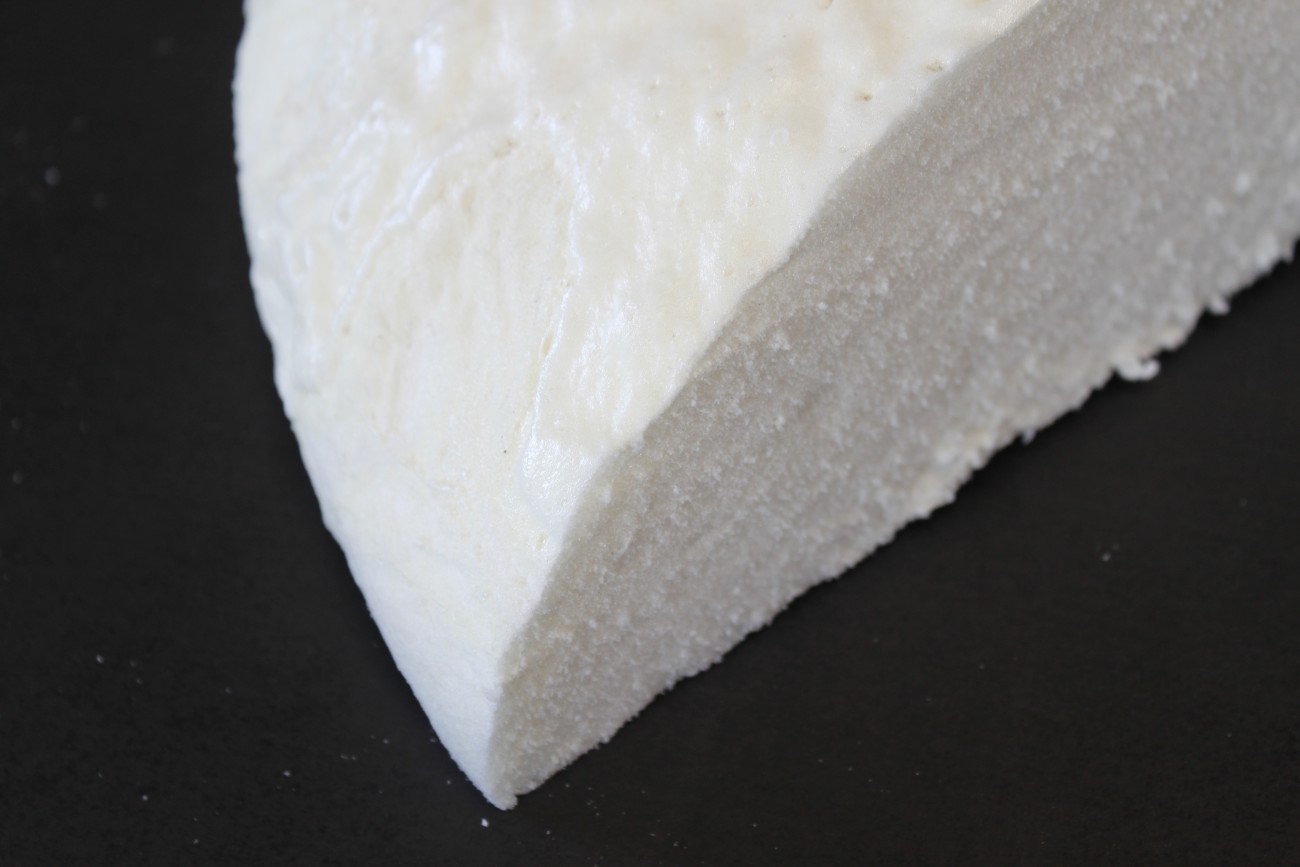
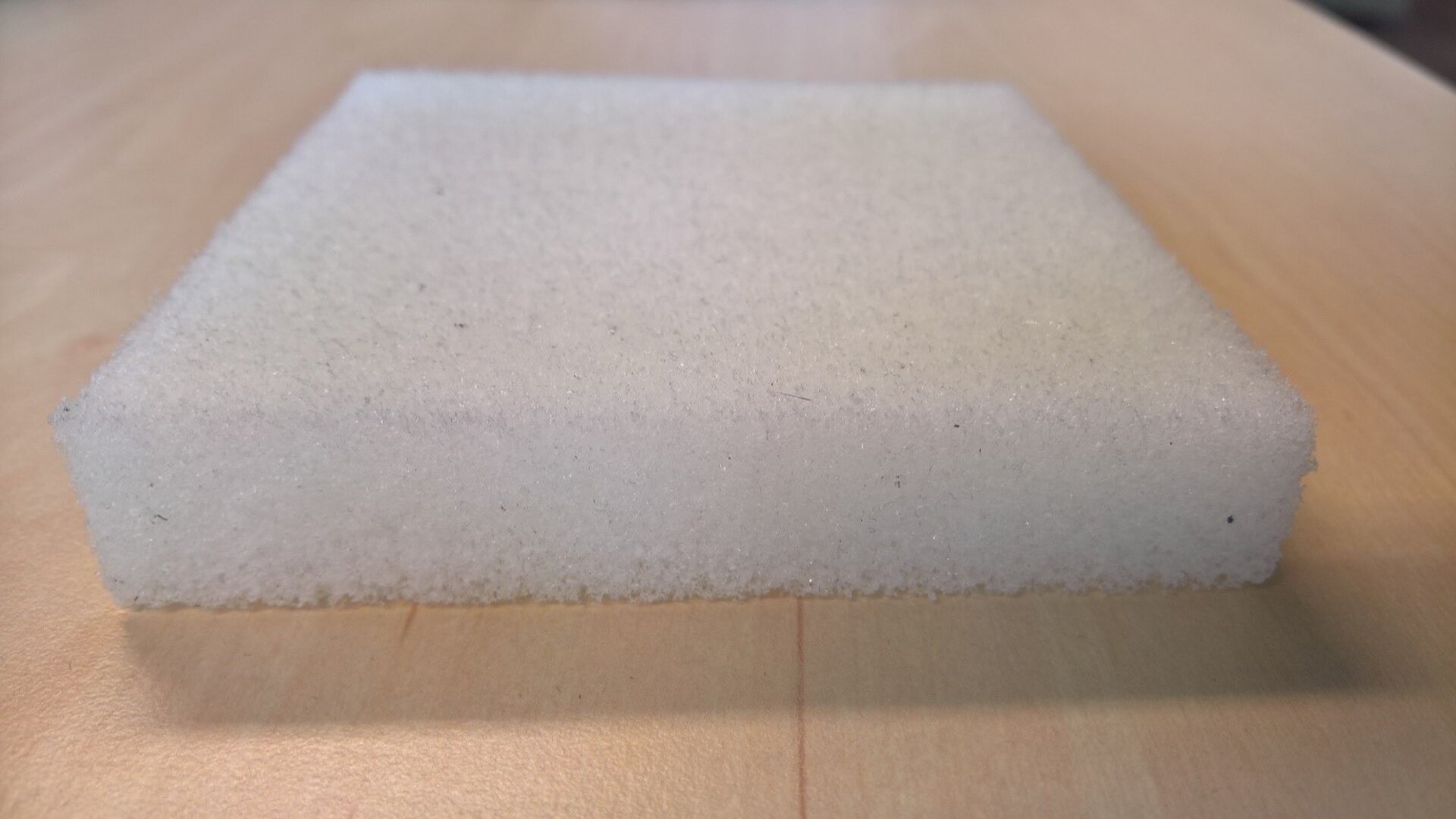

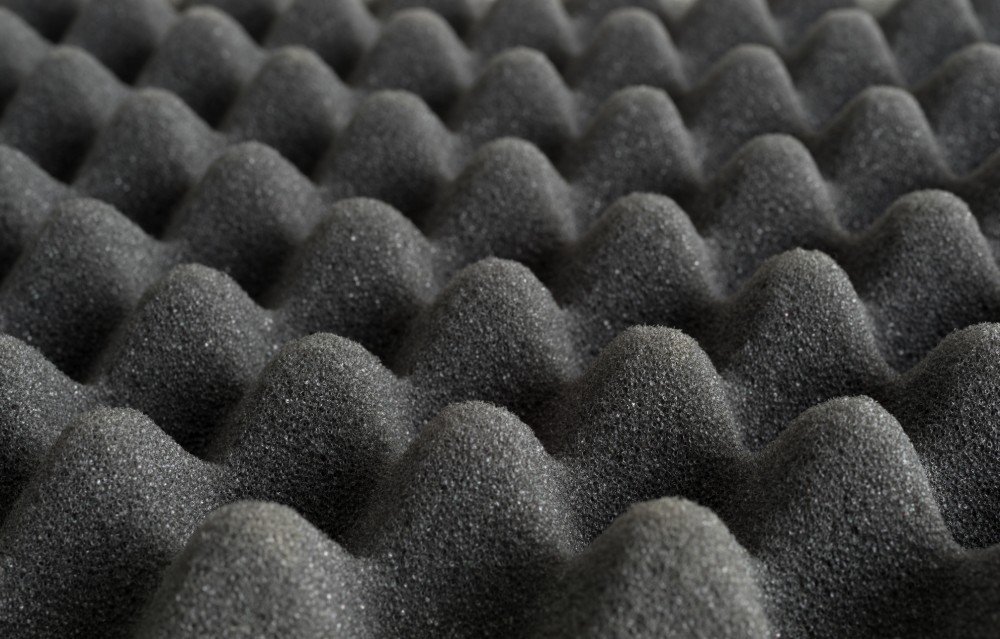



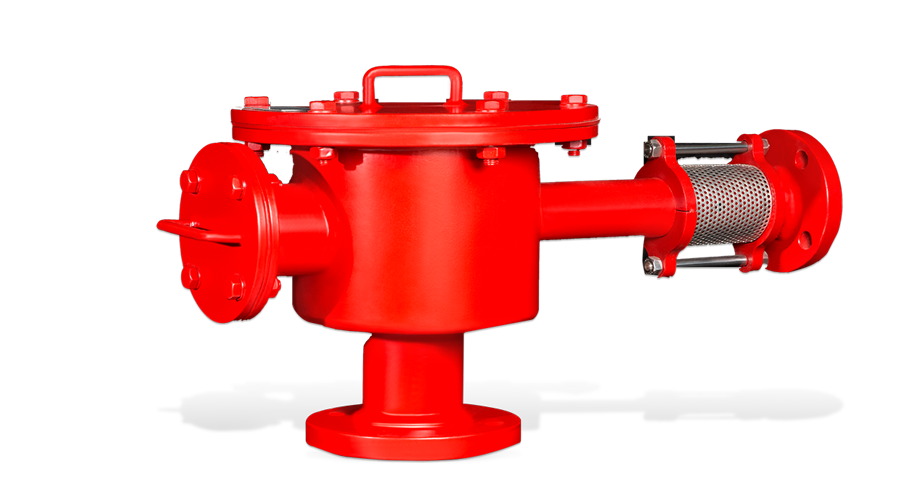

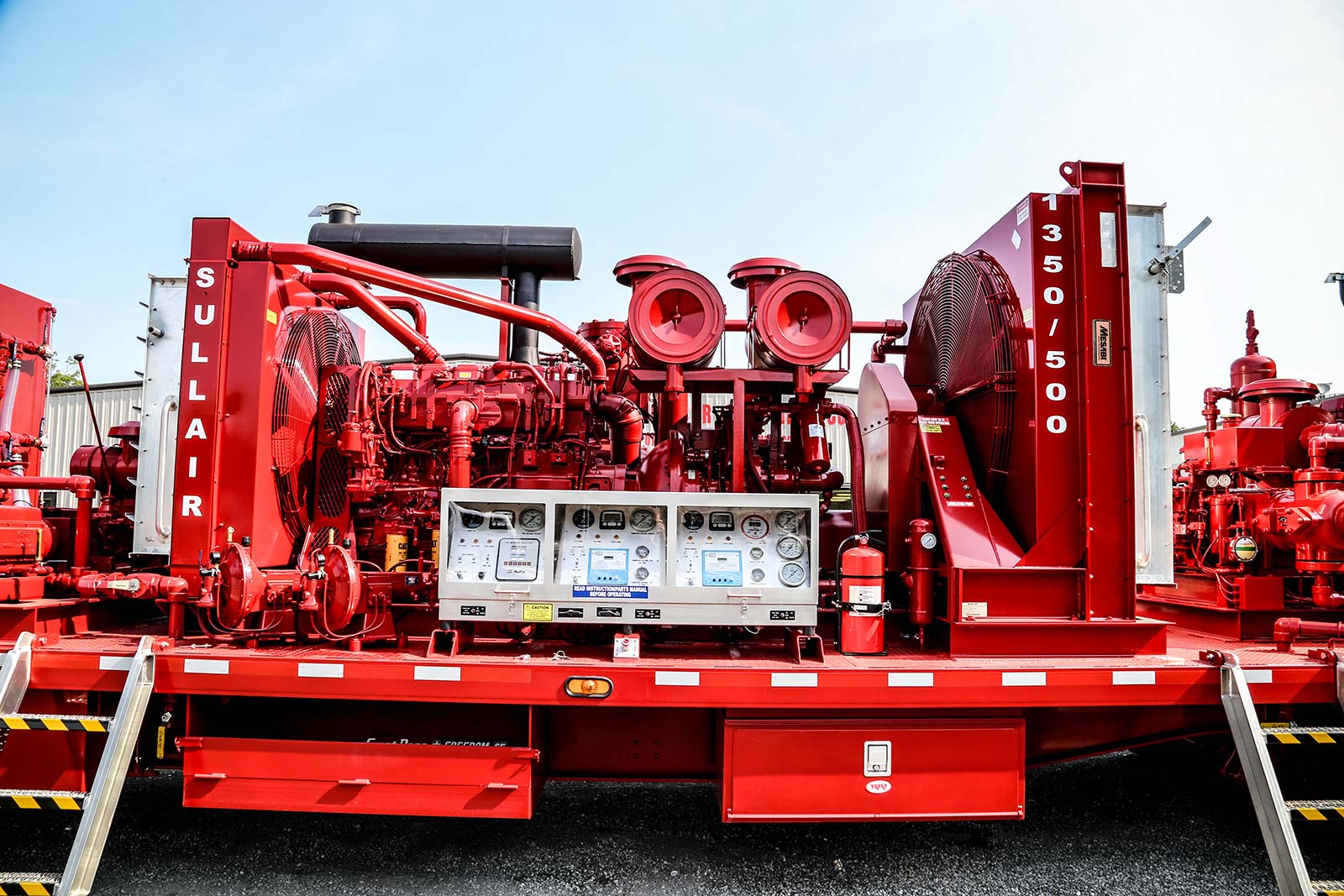
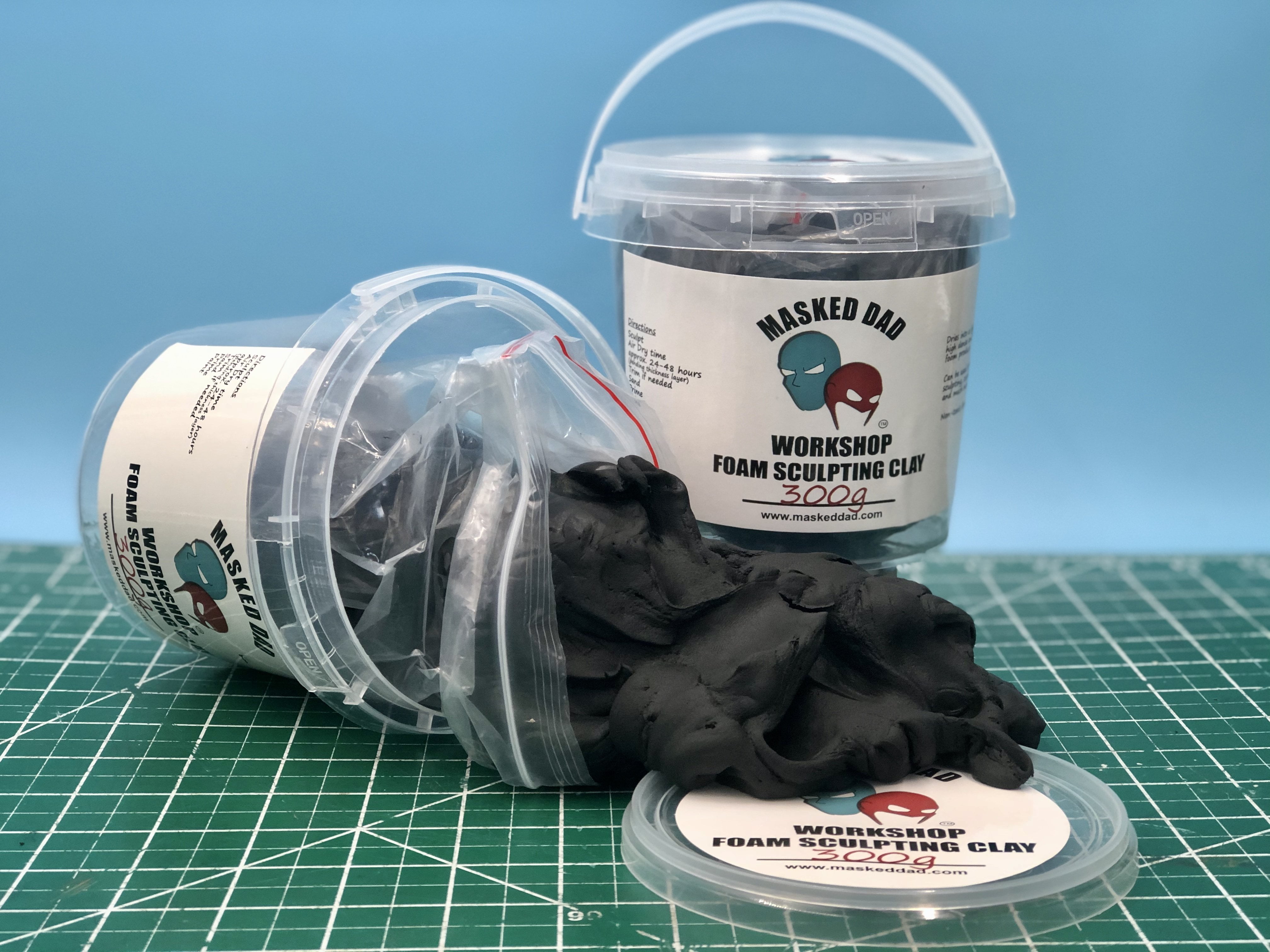
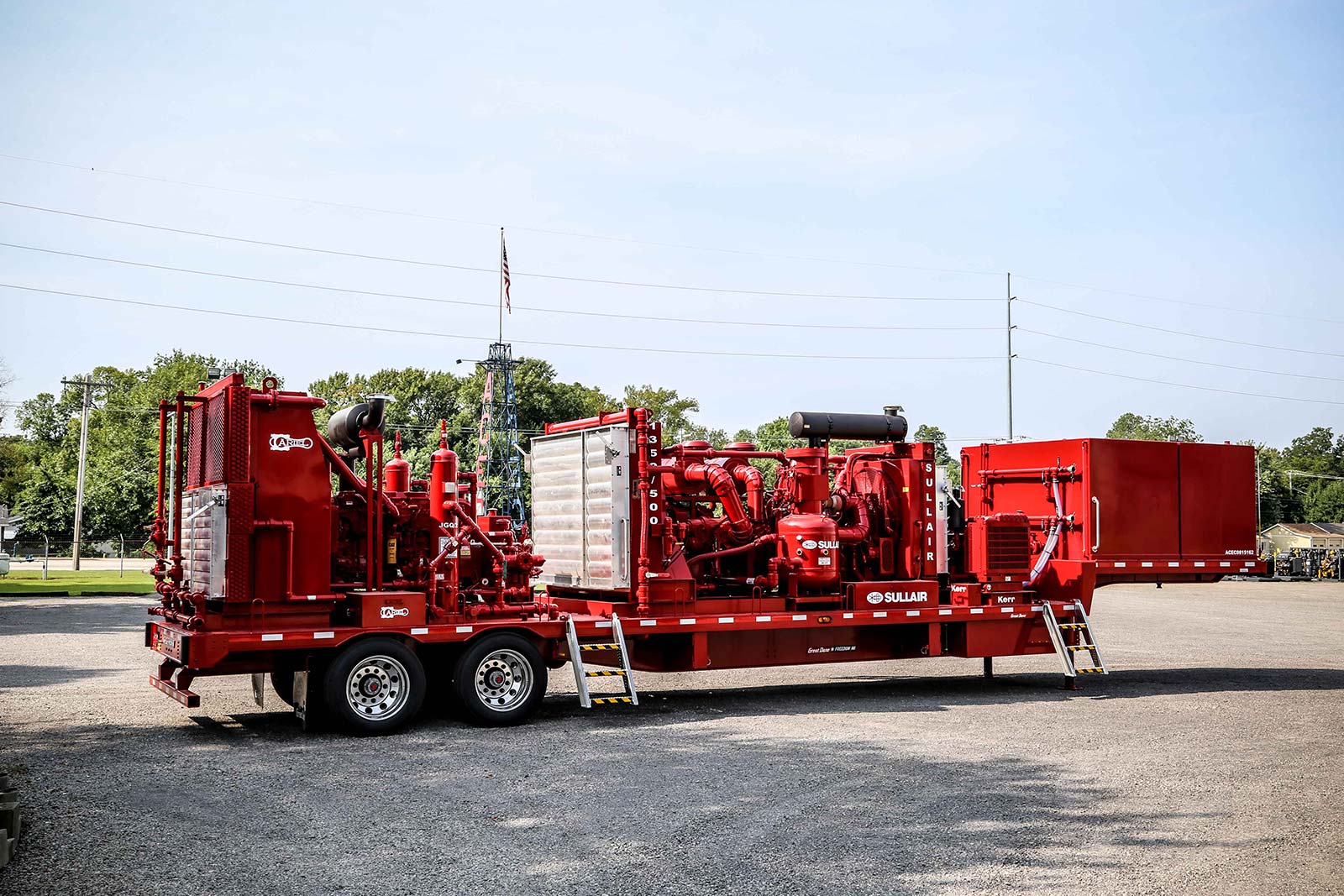
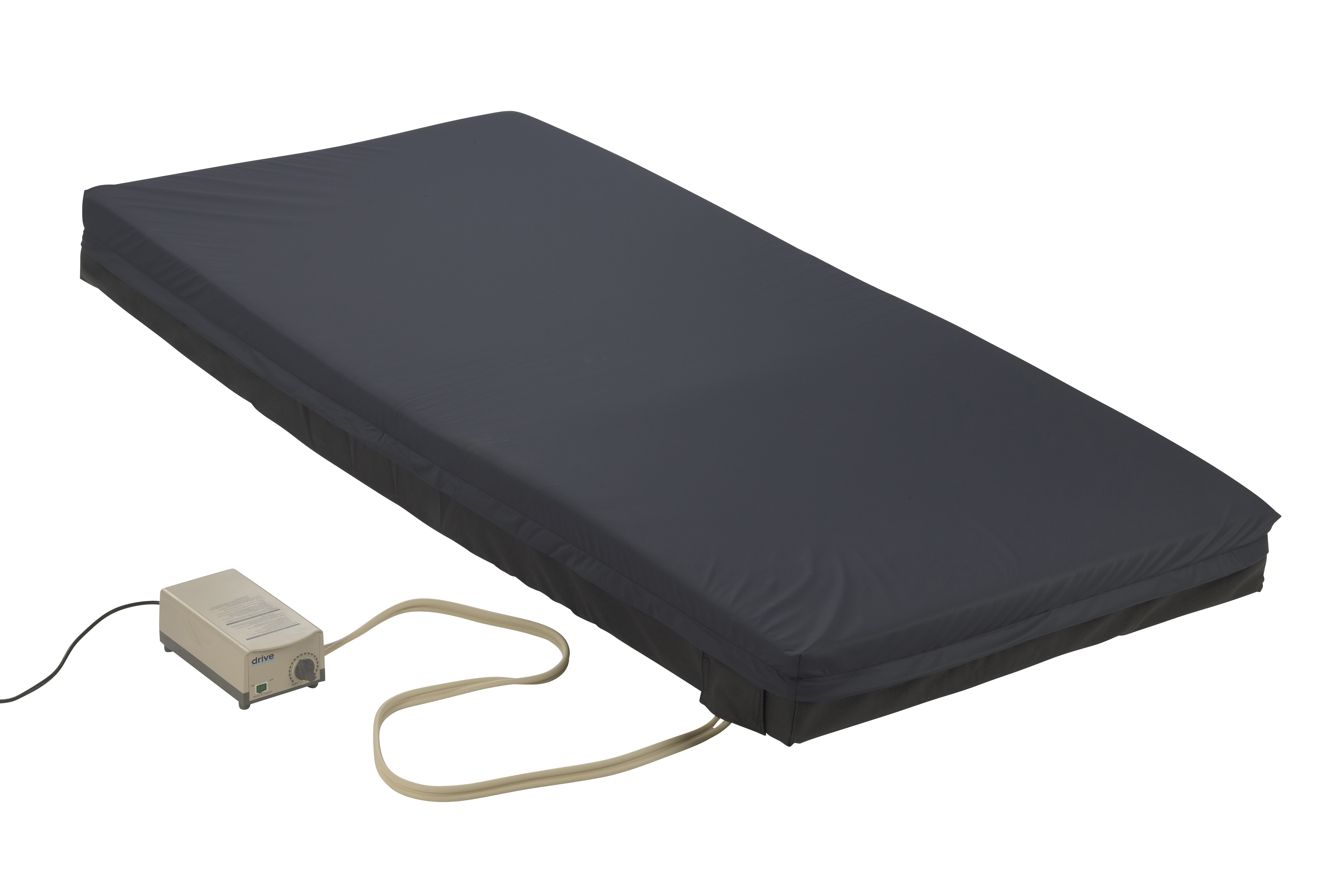









:max_bytes(150000):strip_icc()/Foamy_Water_rocket_ship-58a4799e3df78c47586f699f.jpg)





